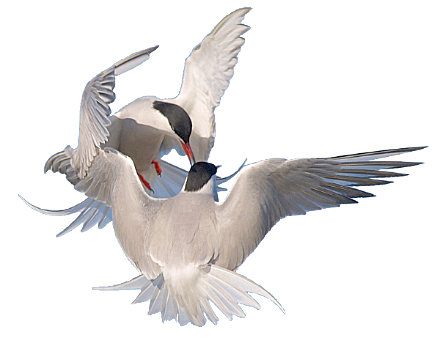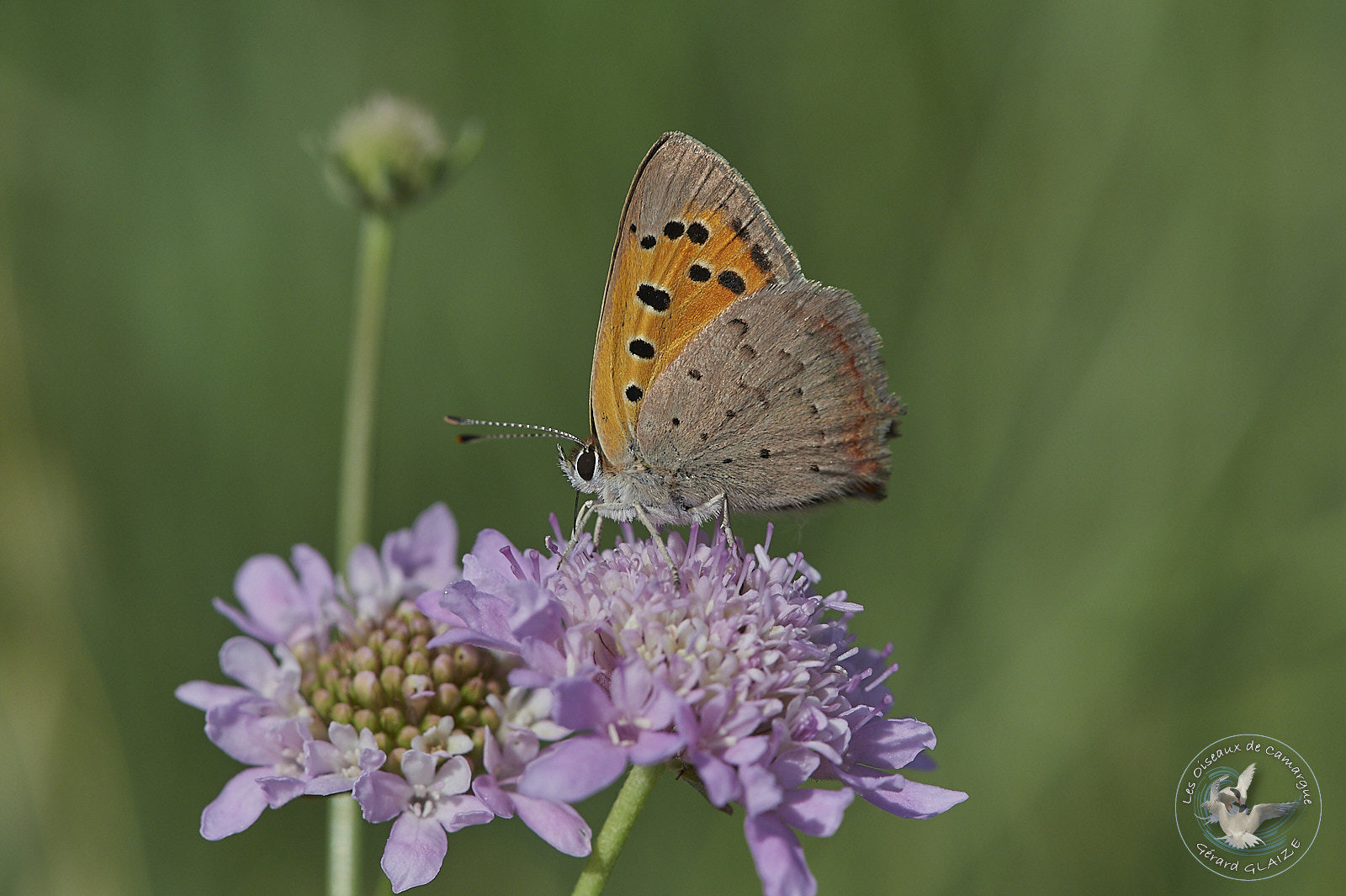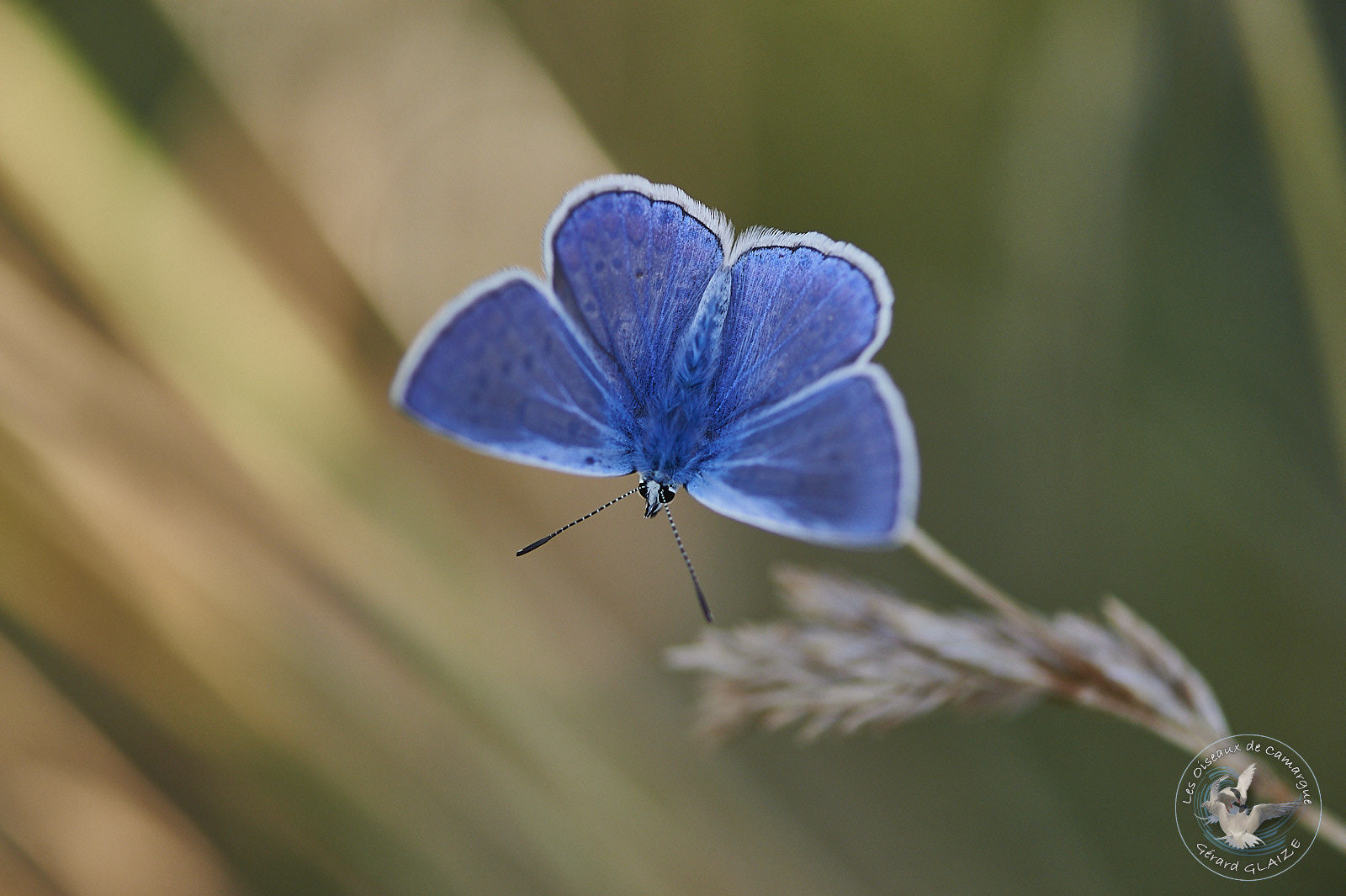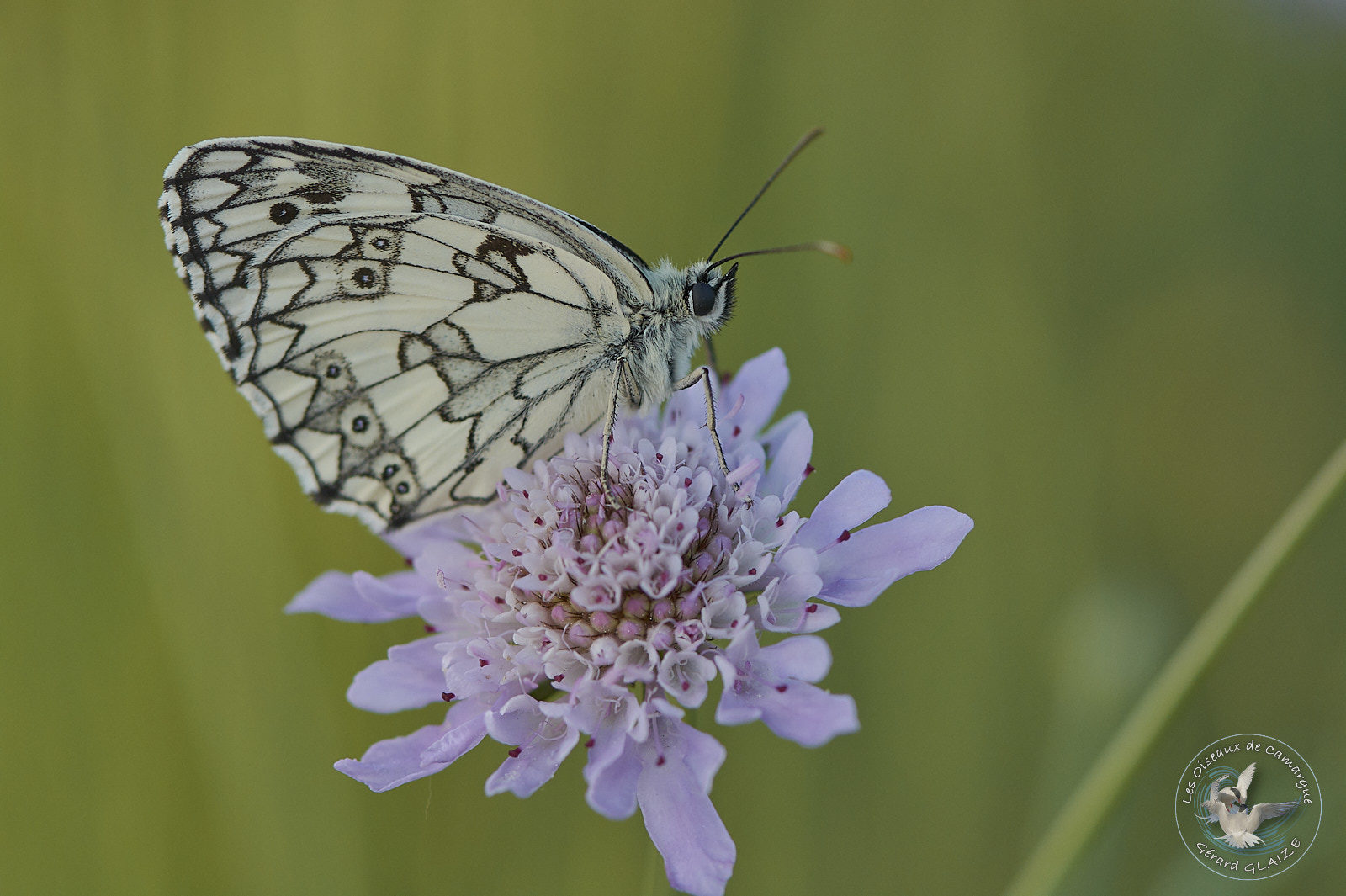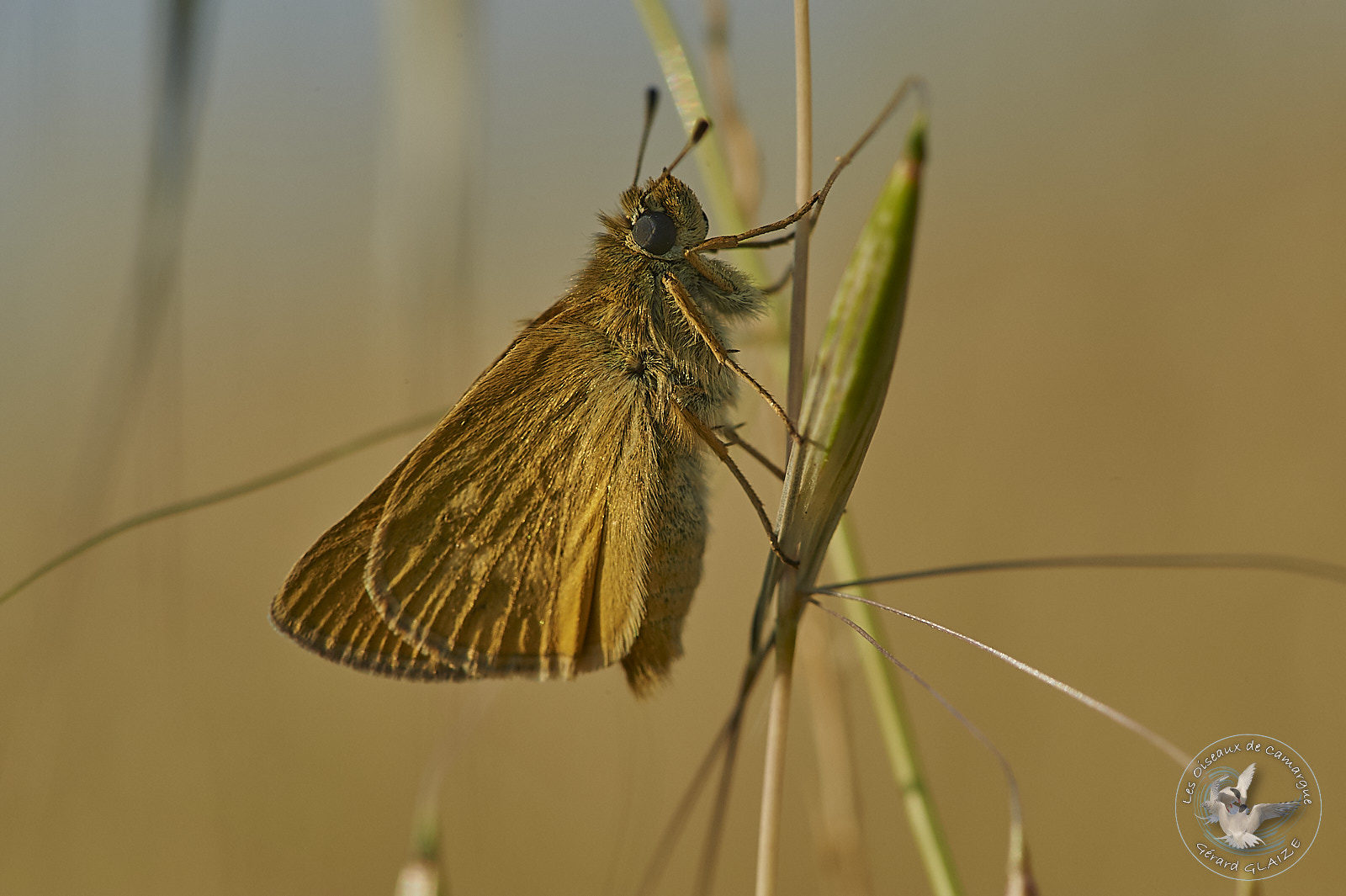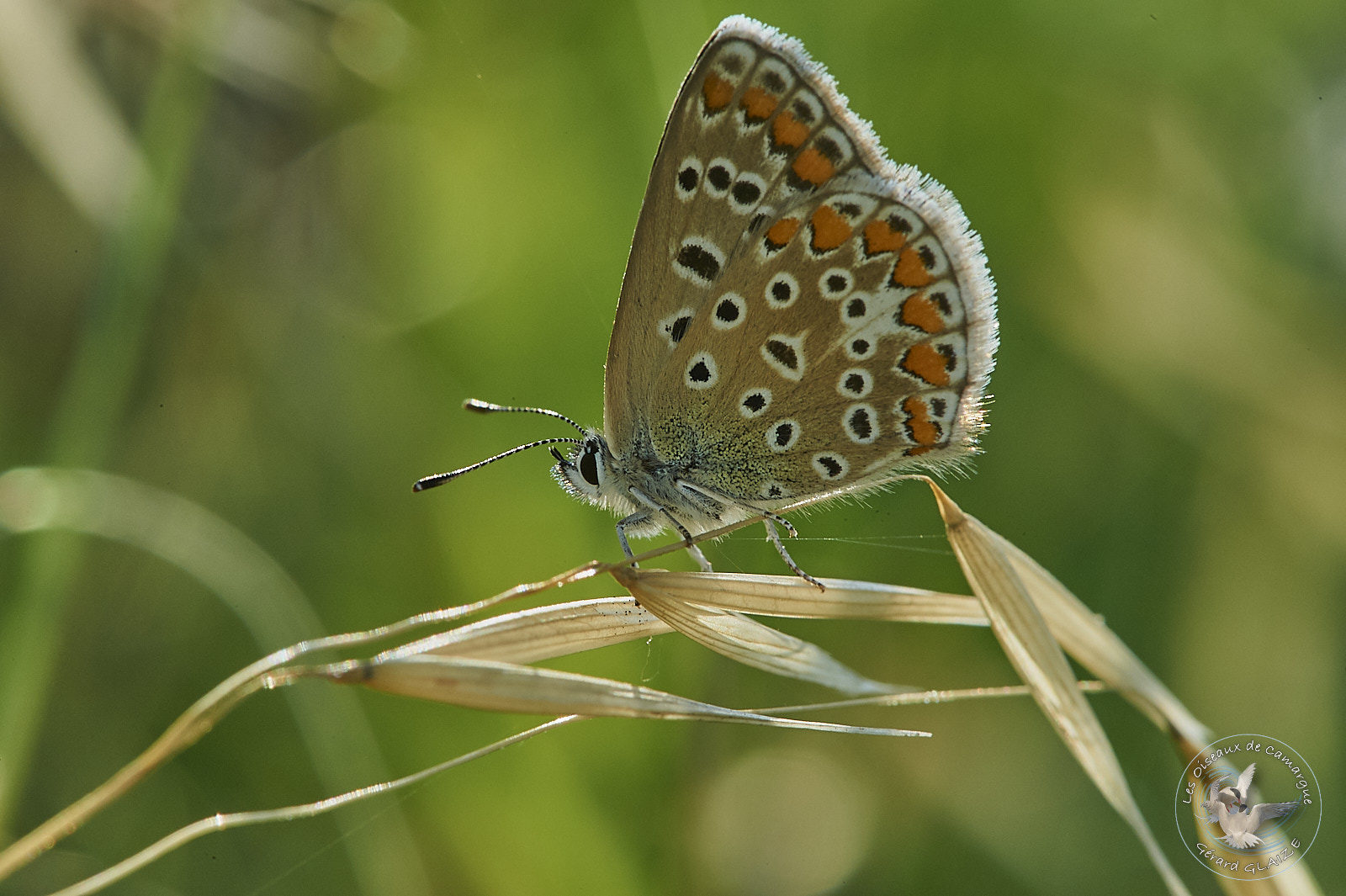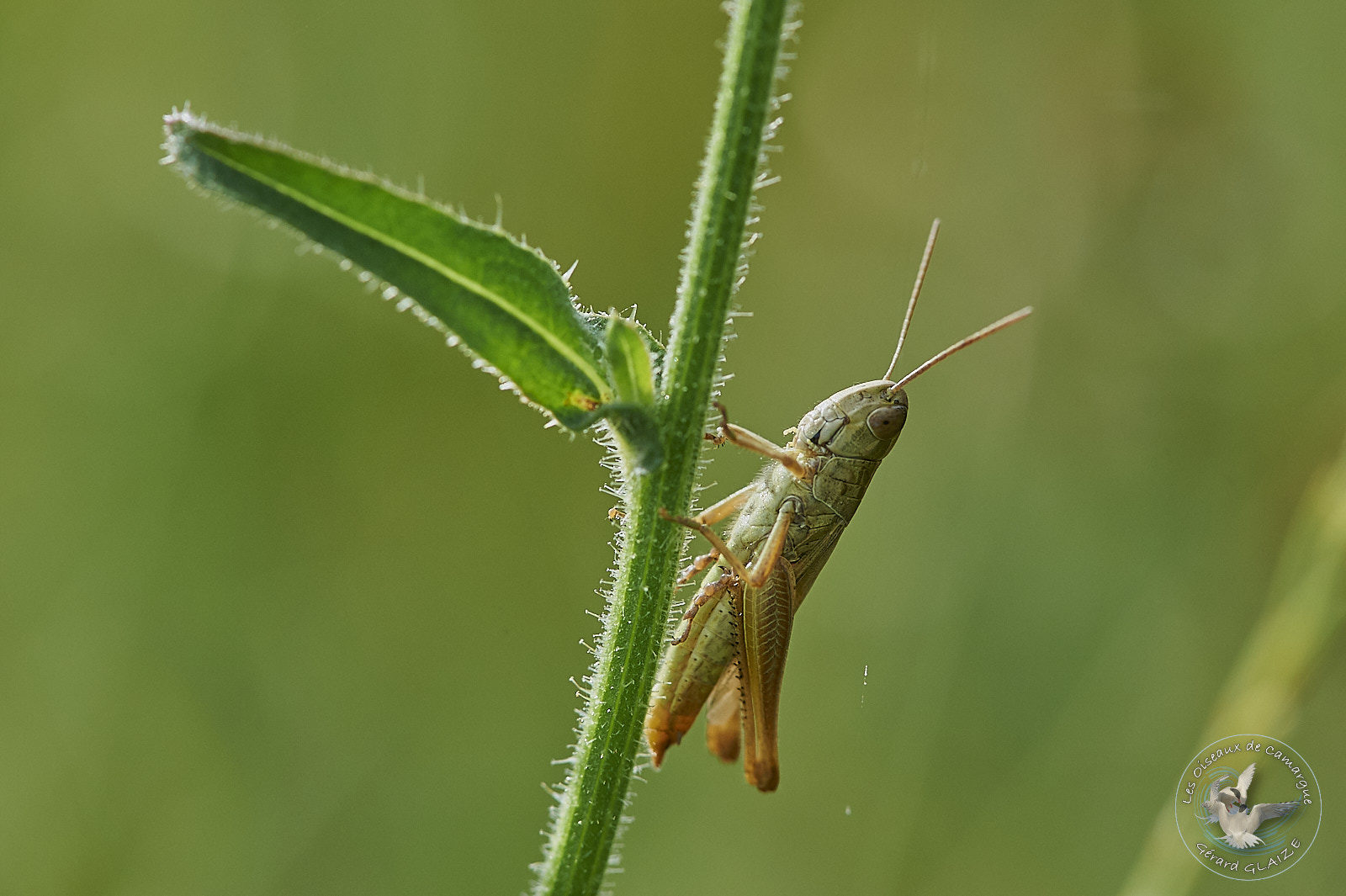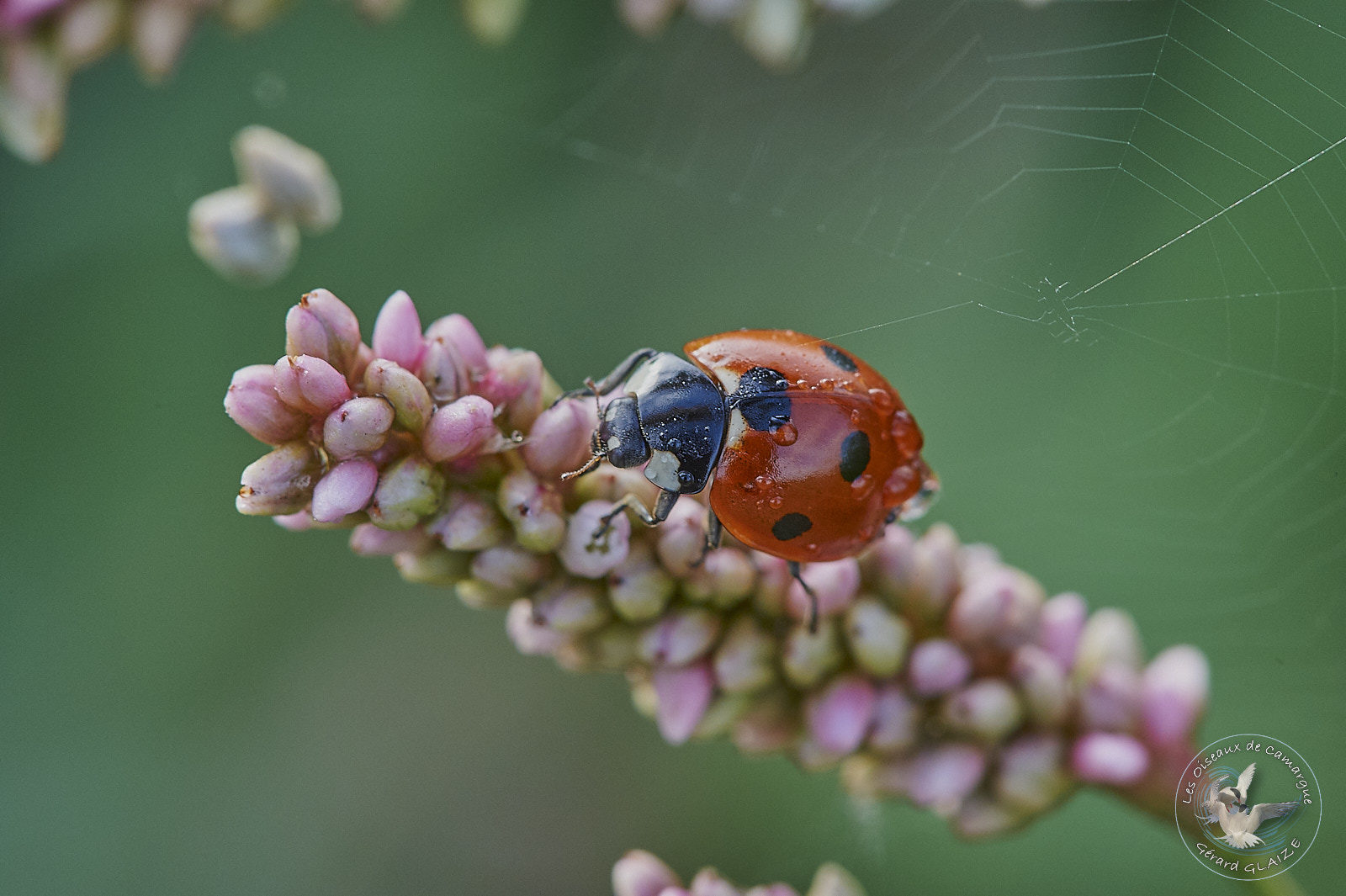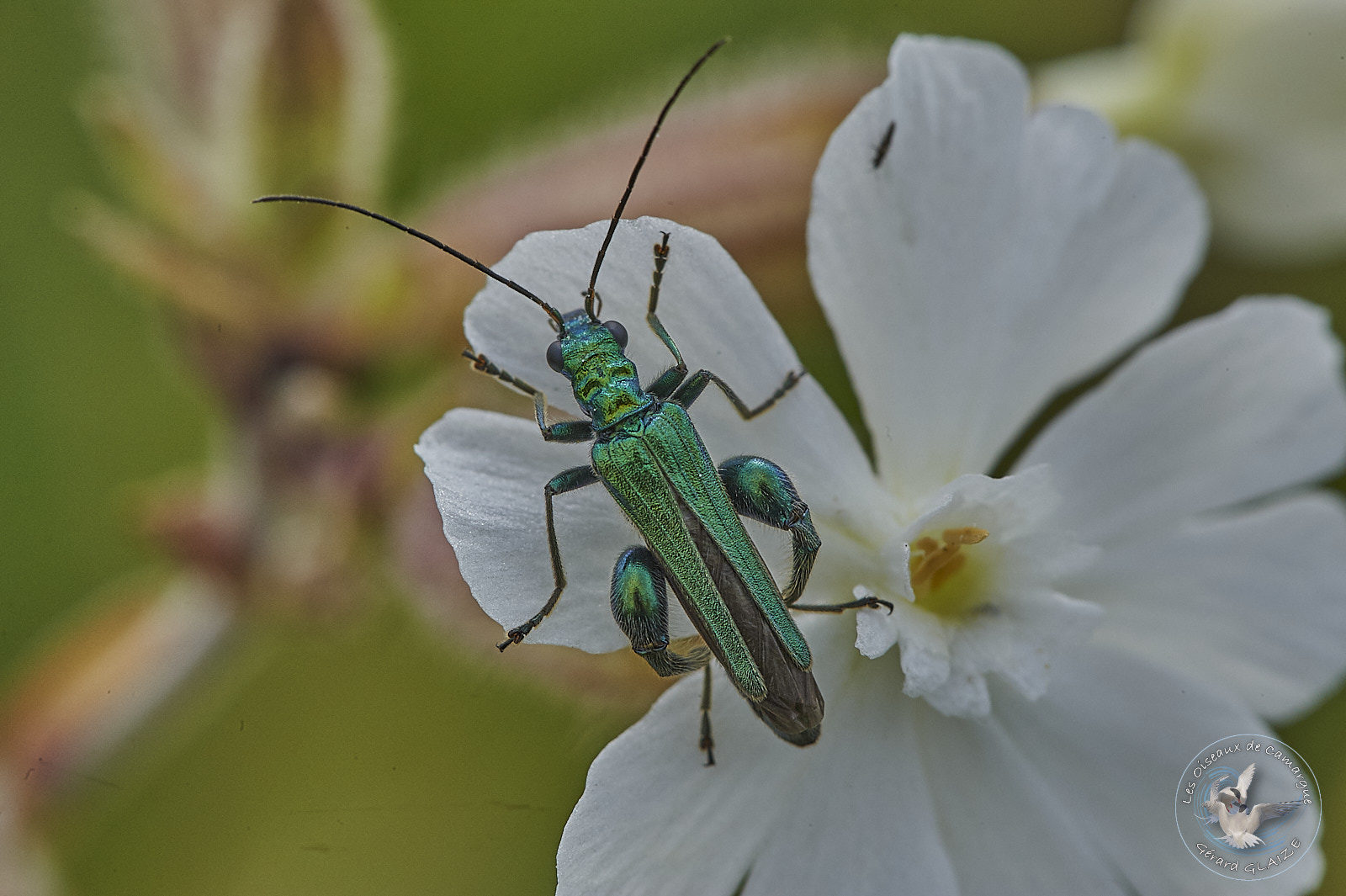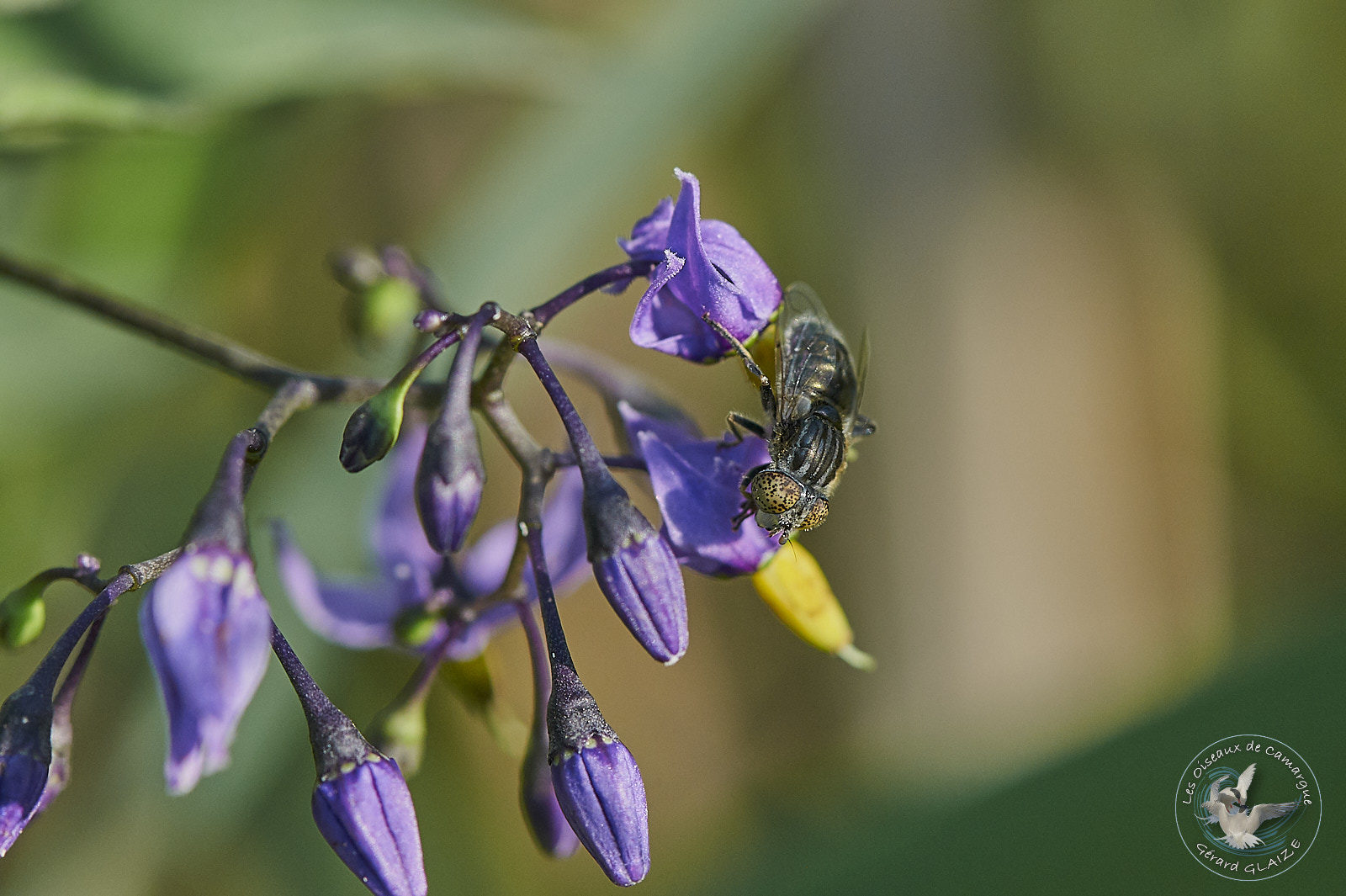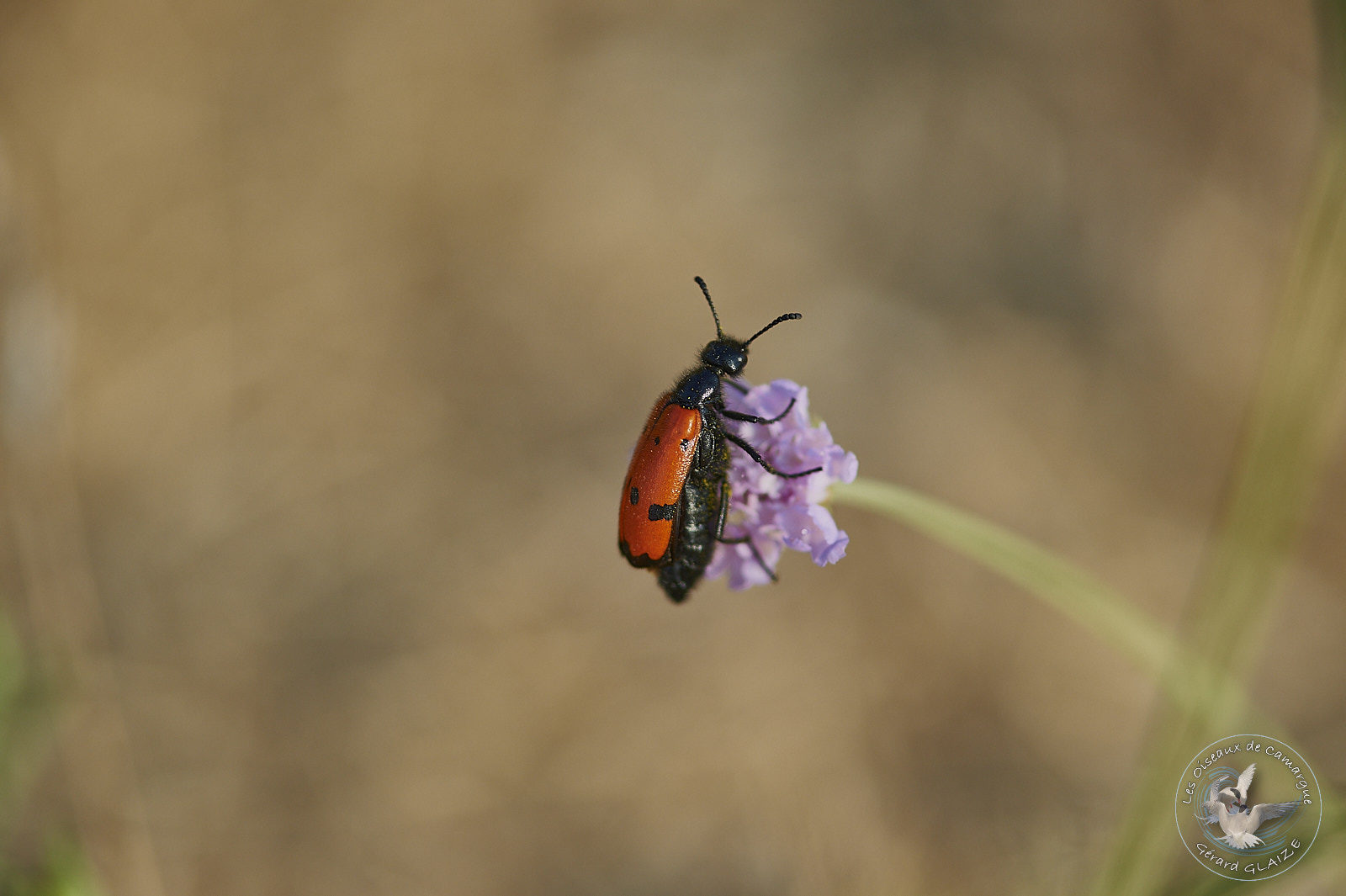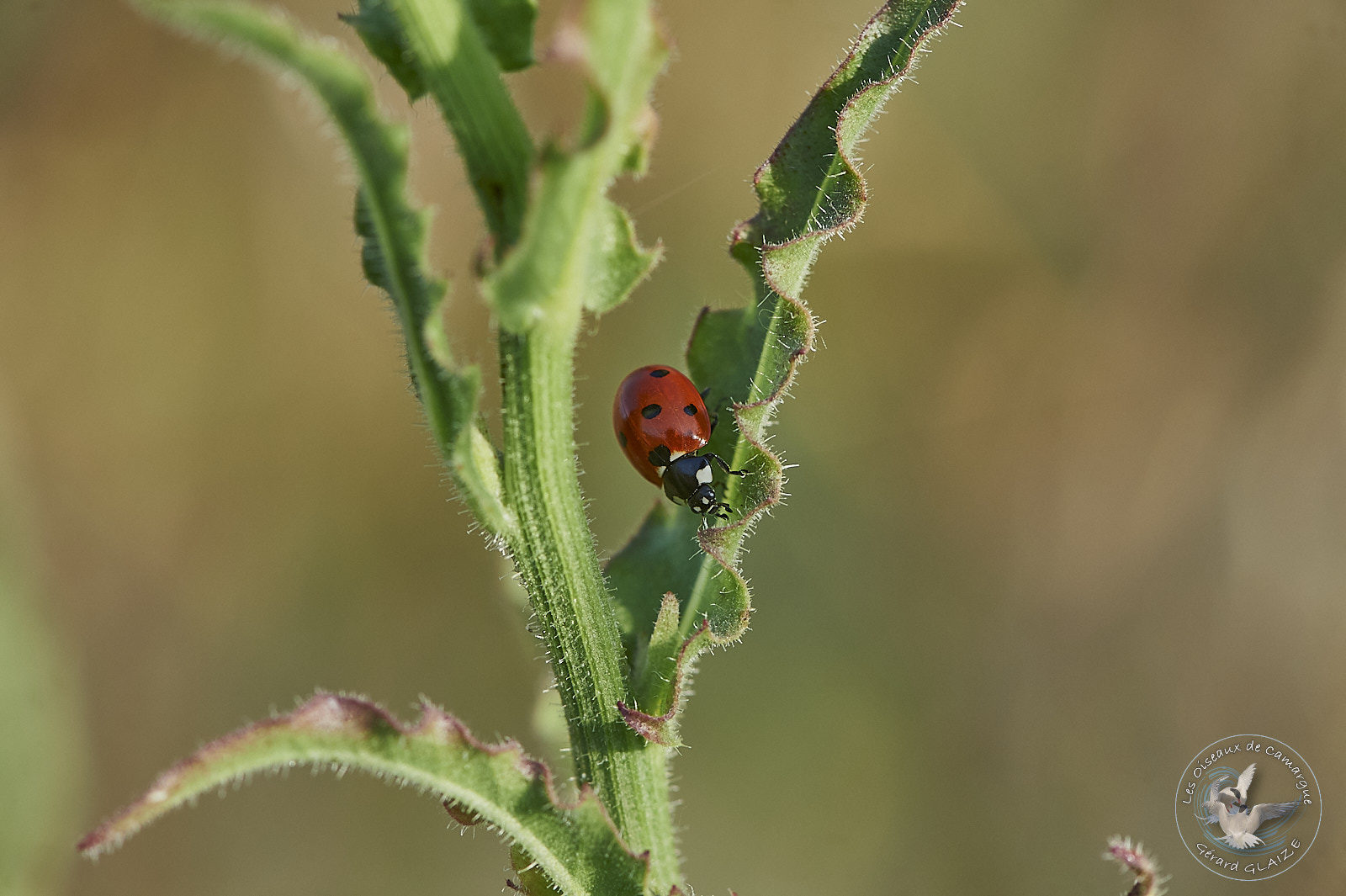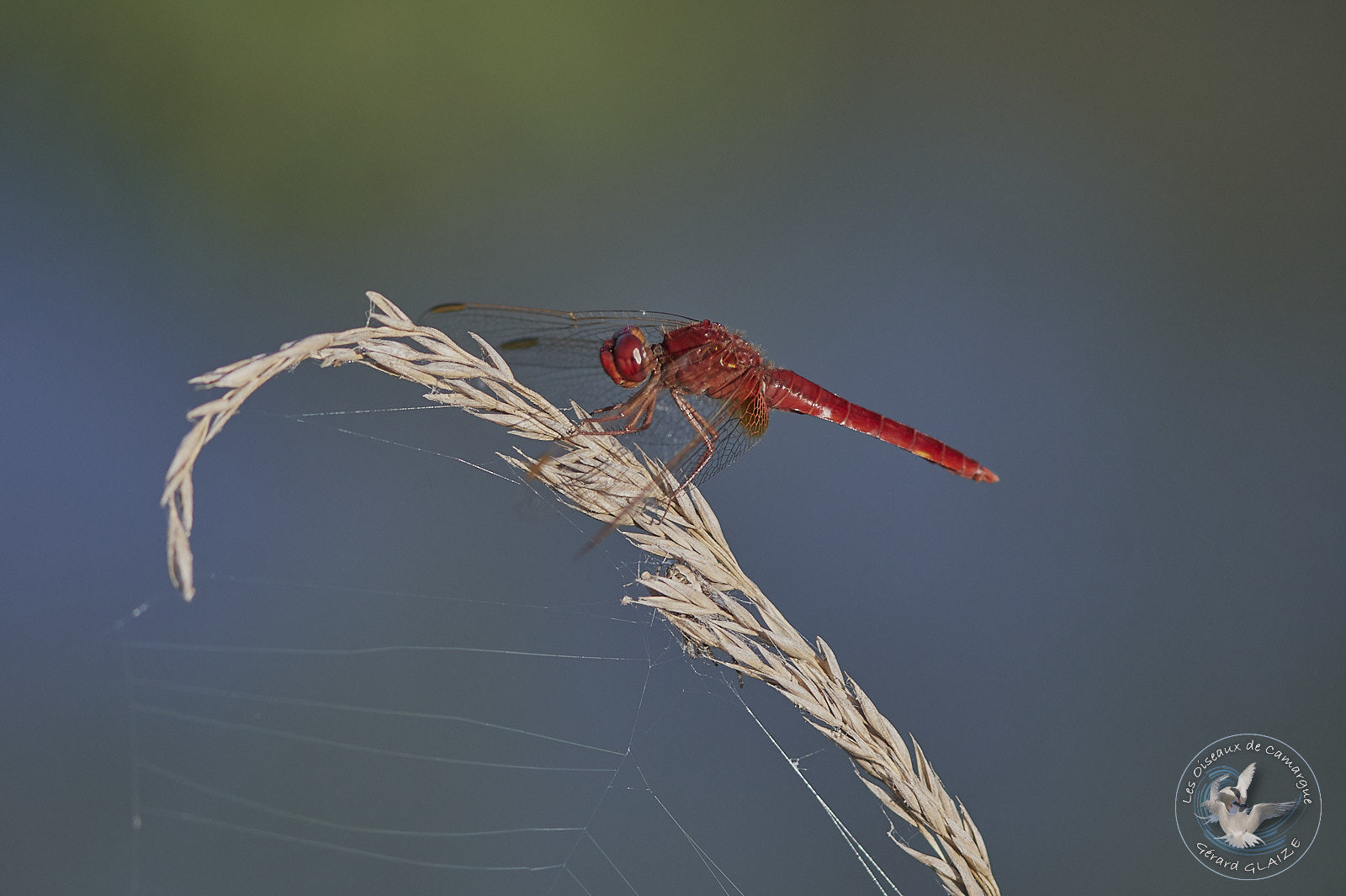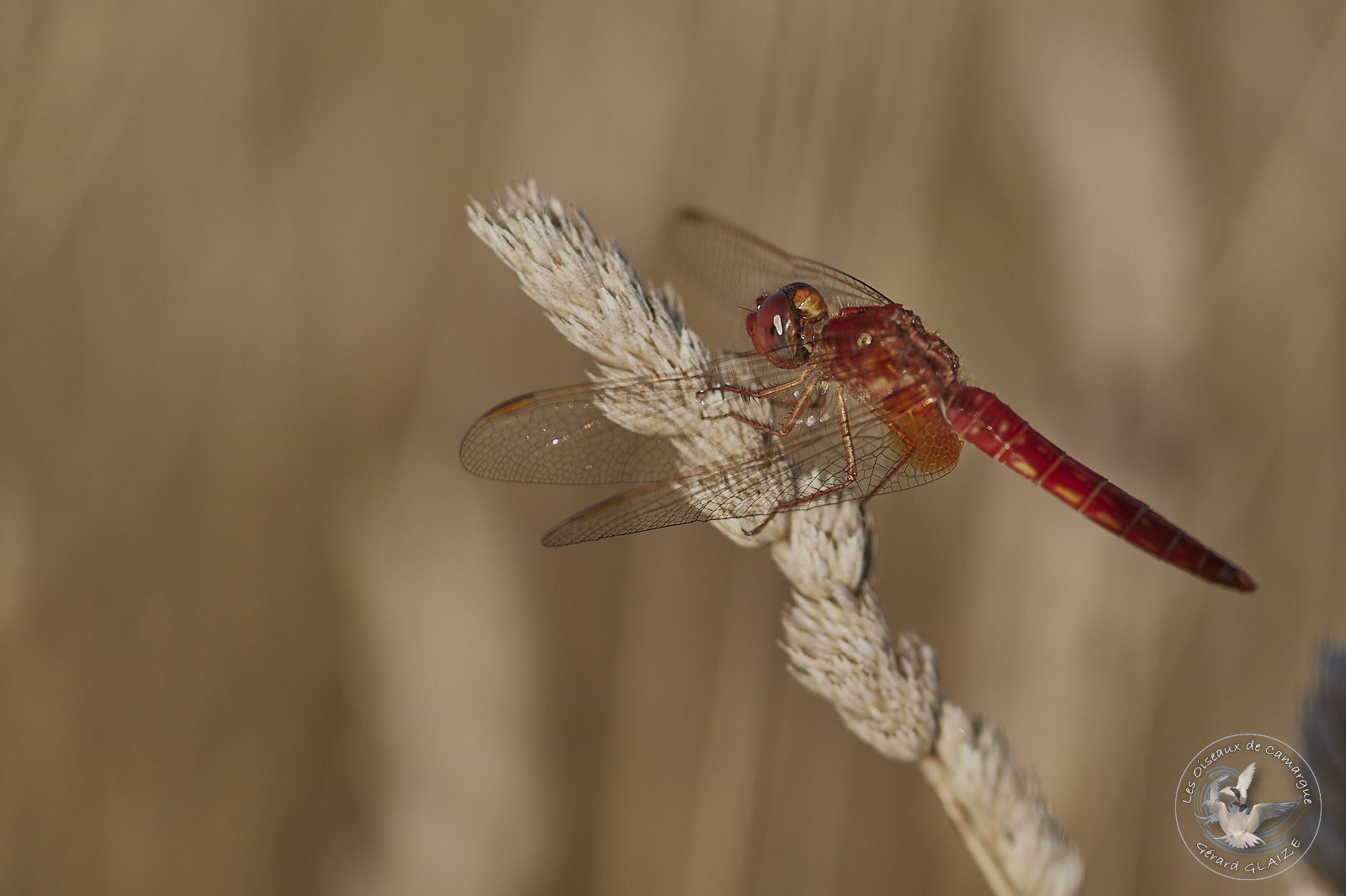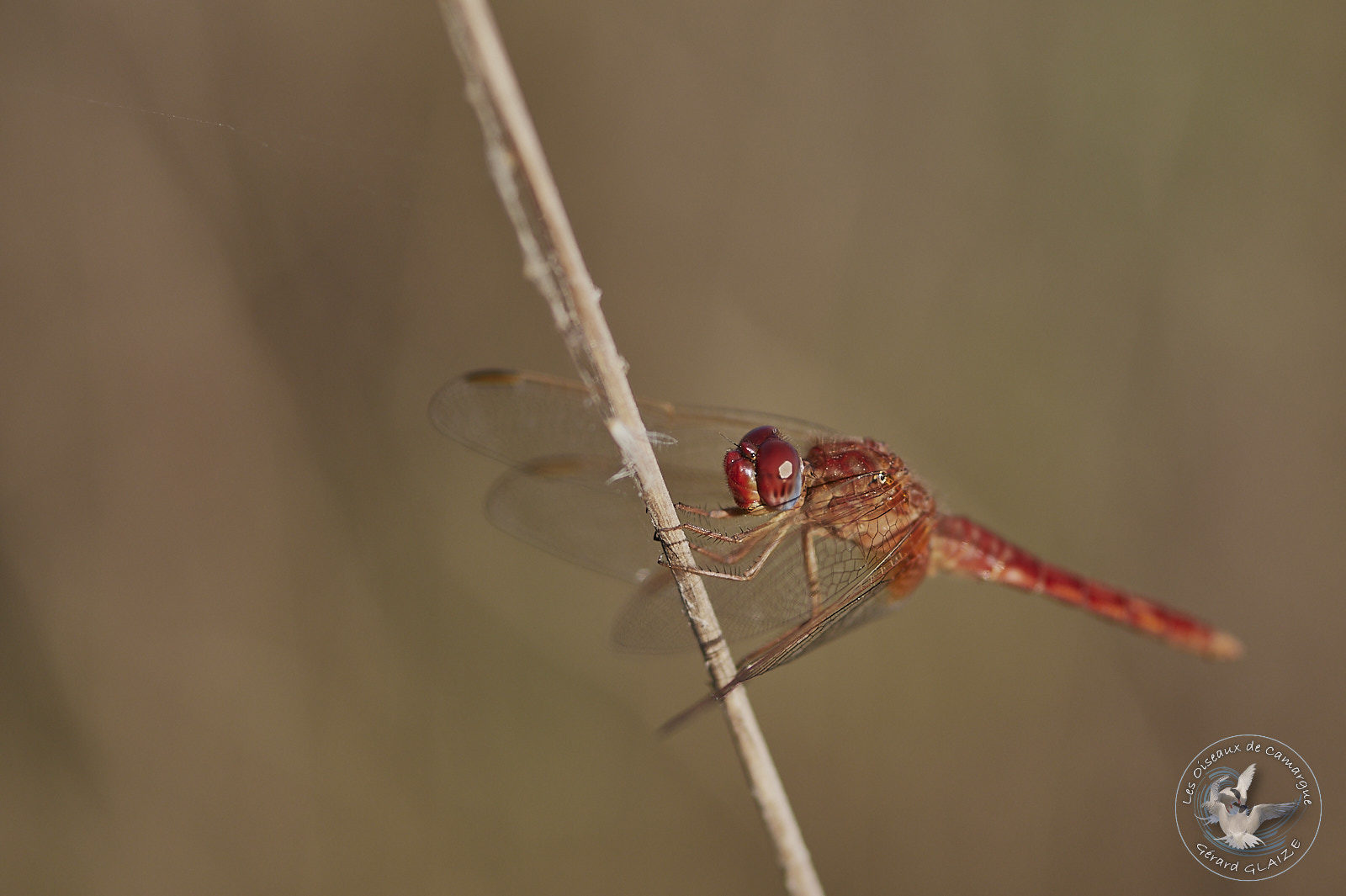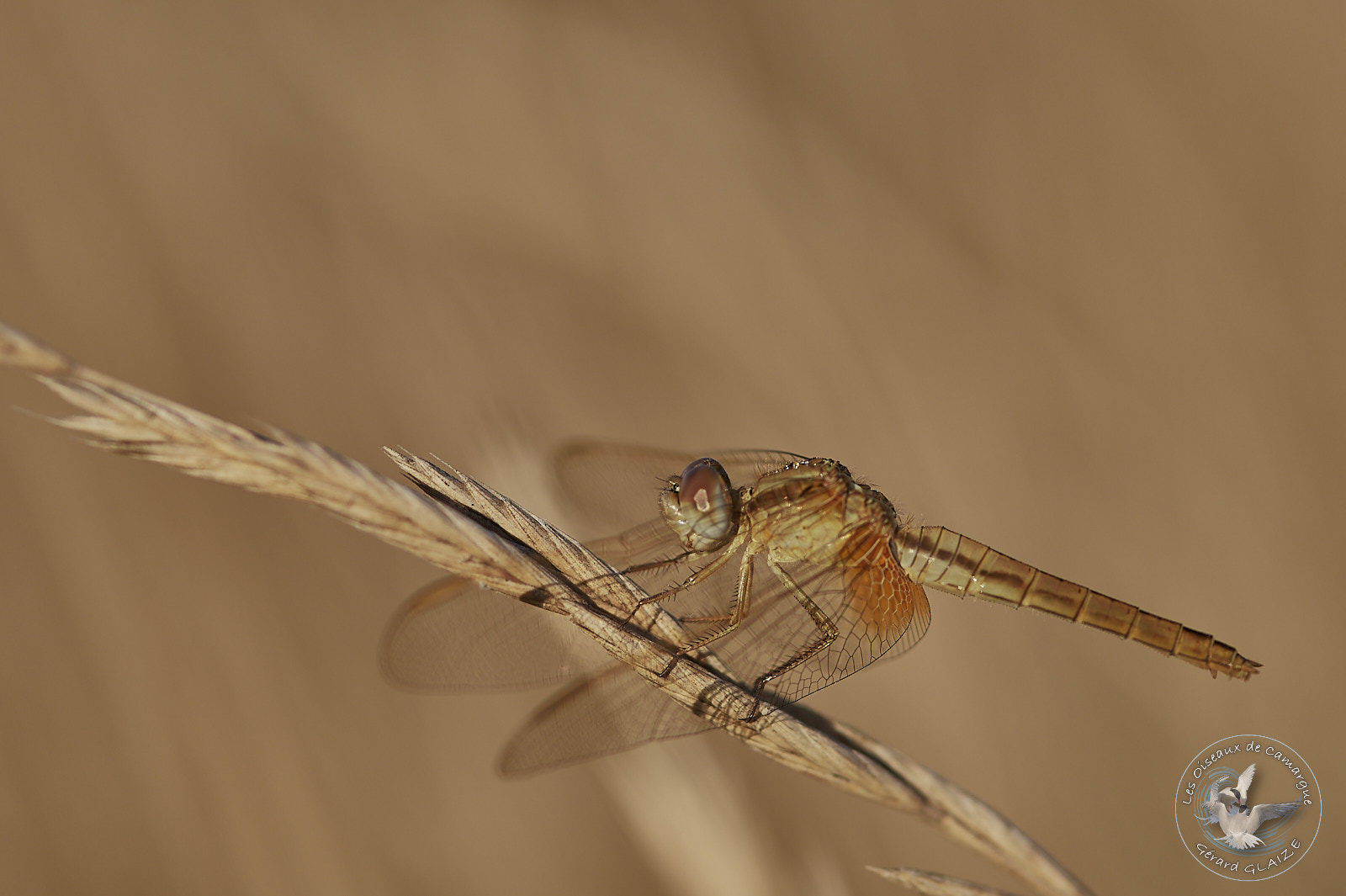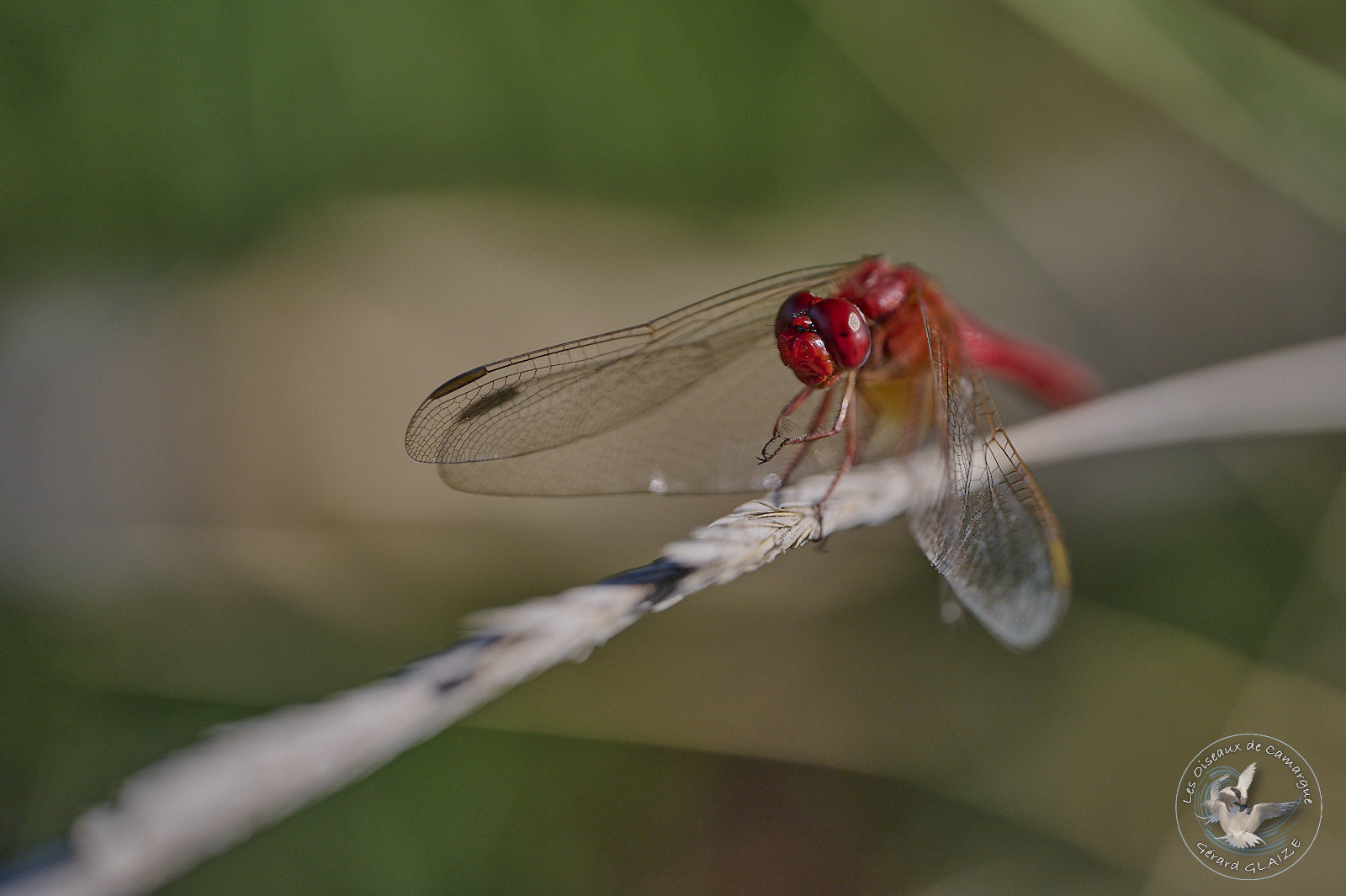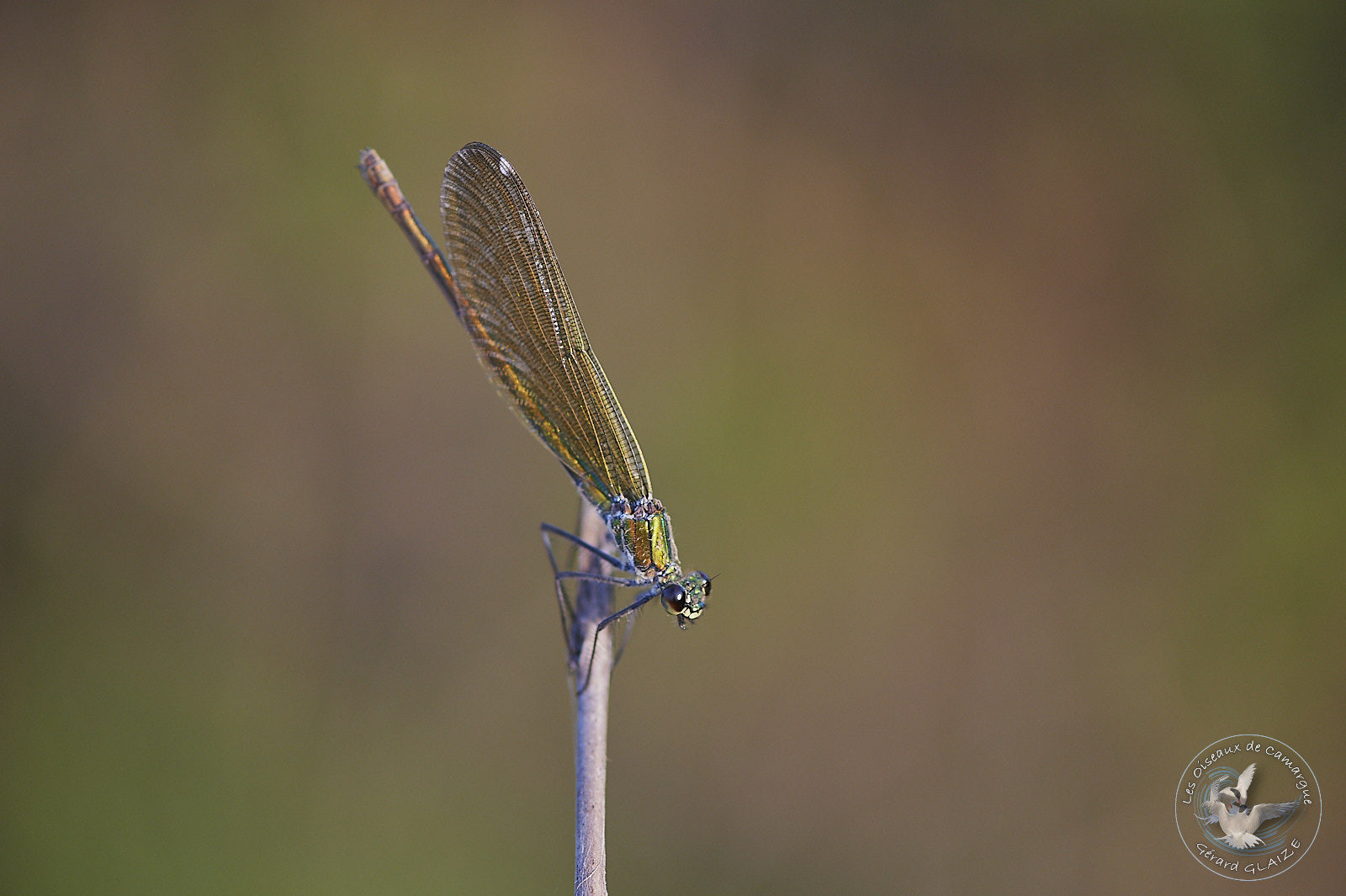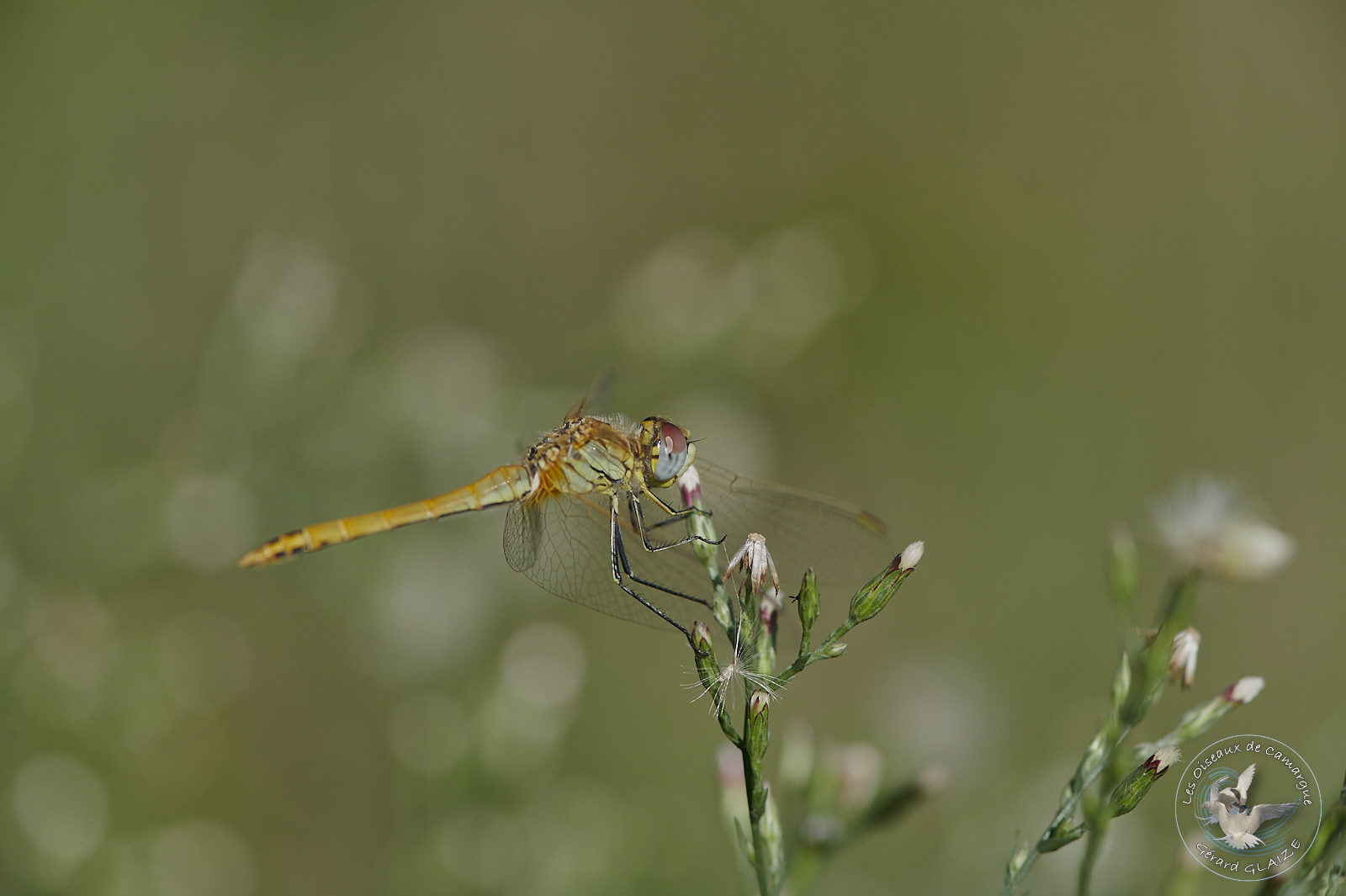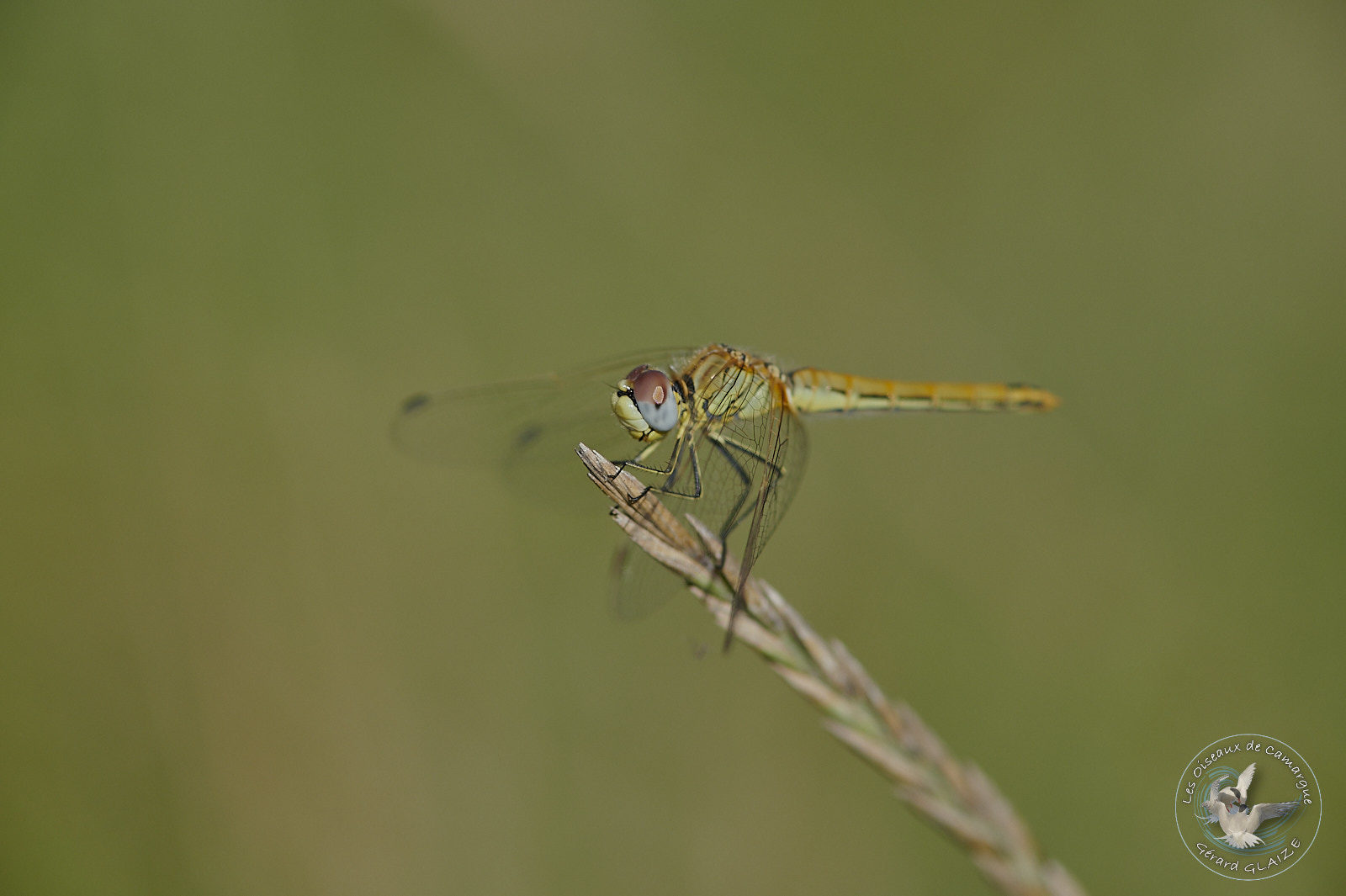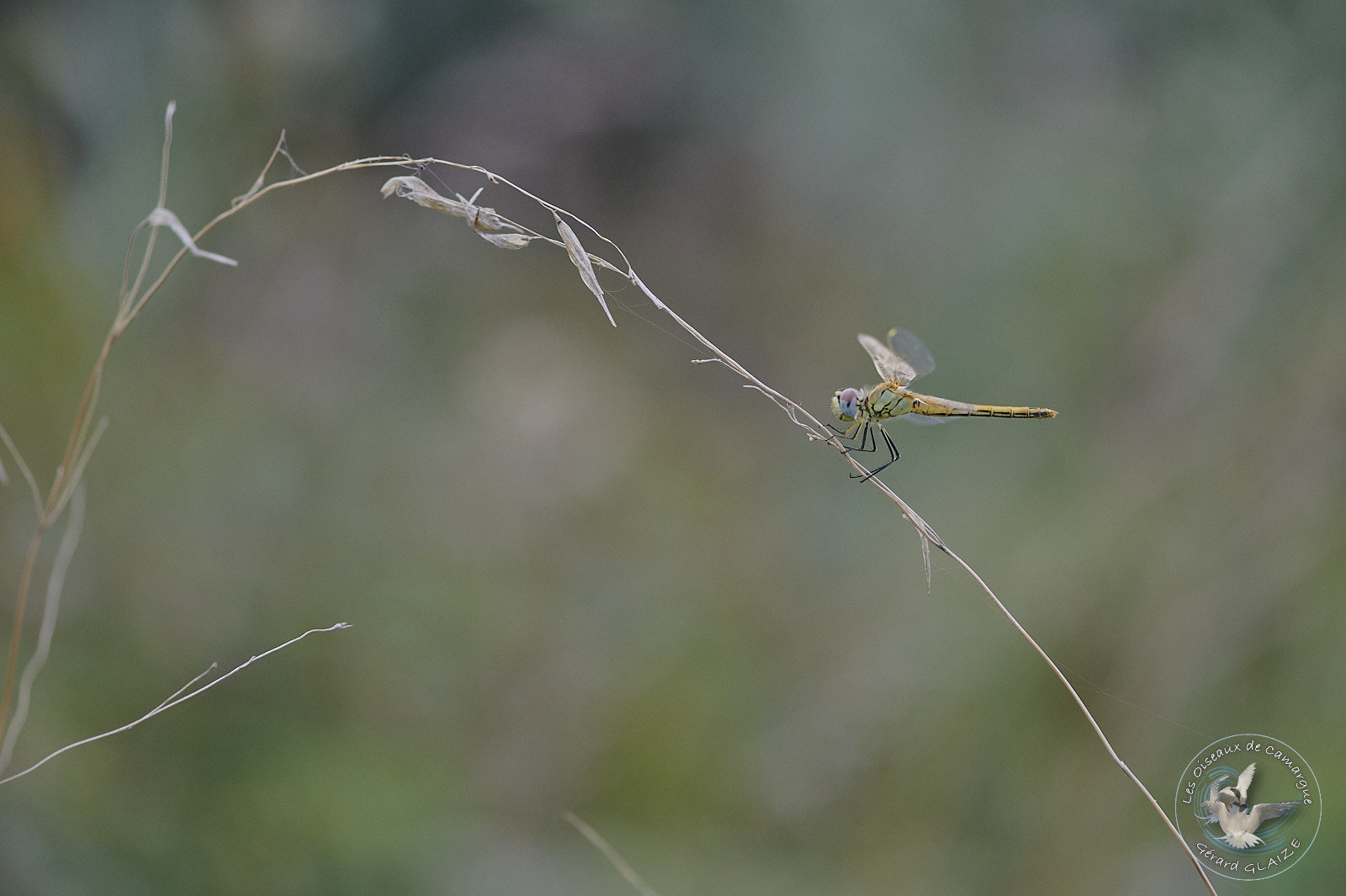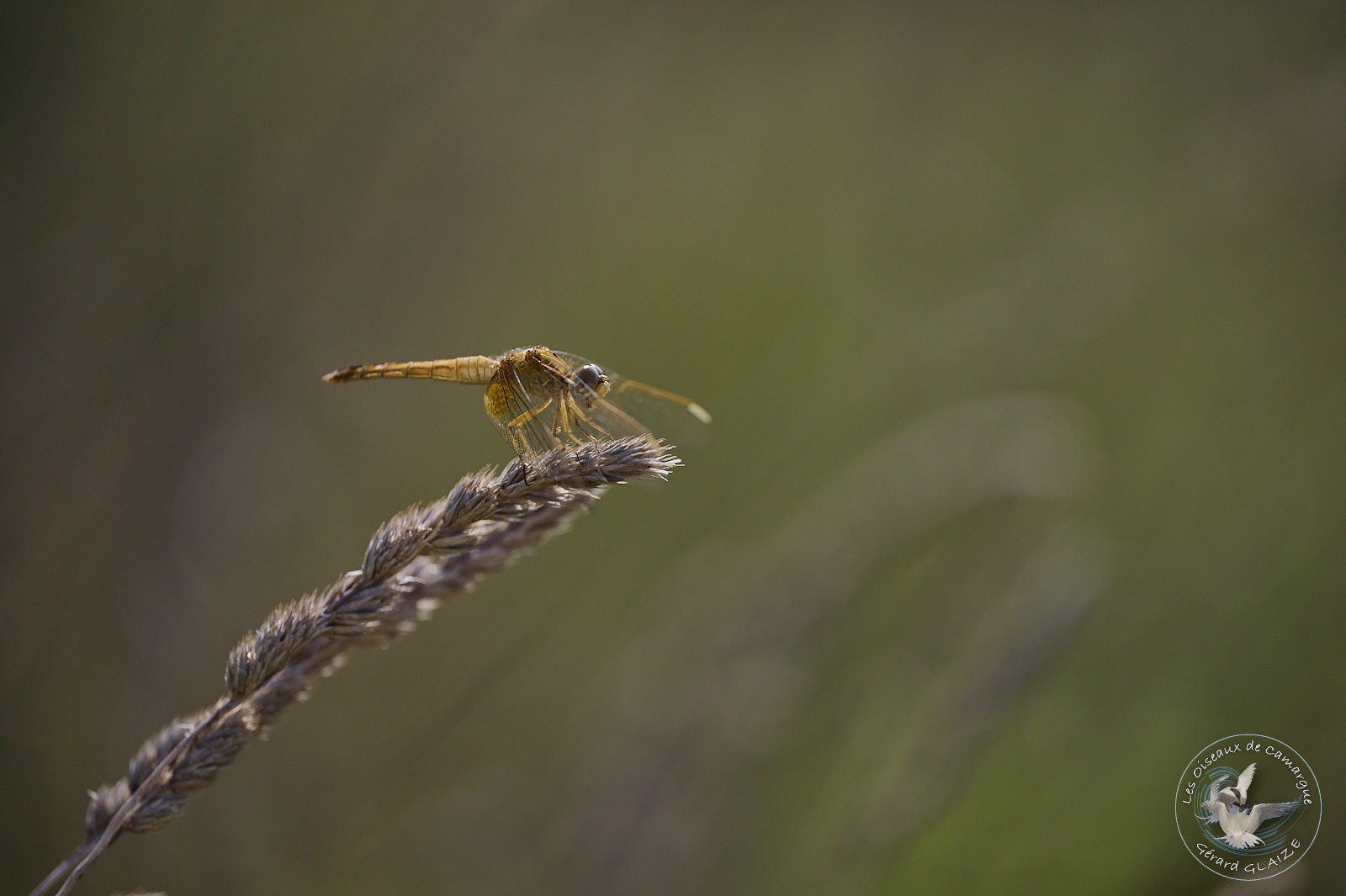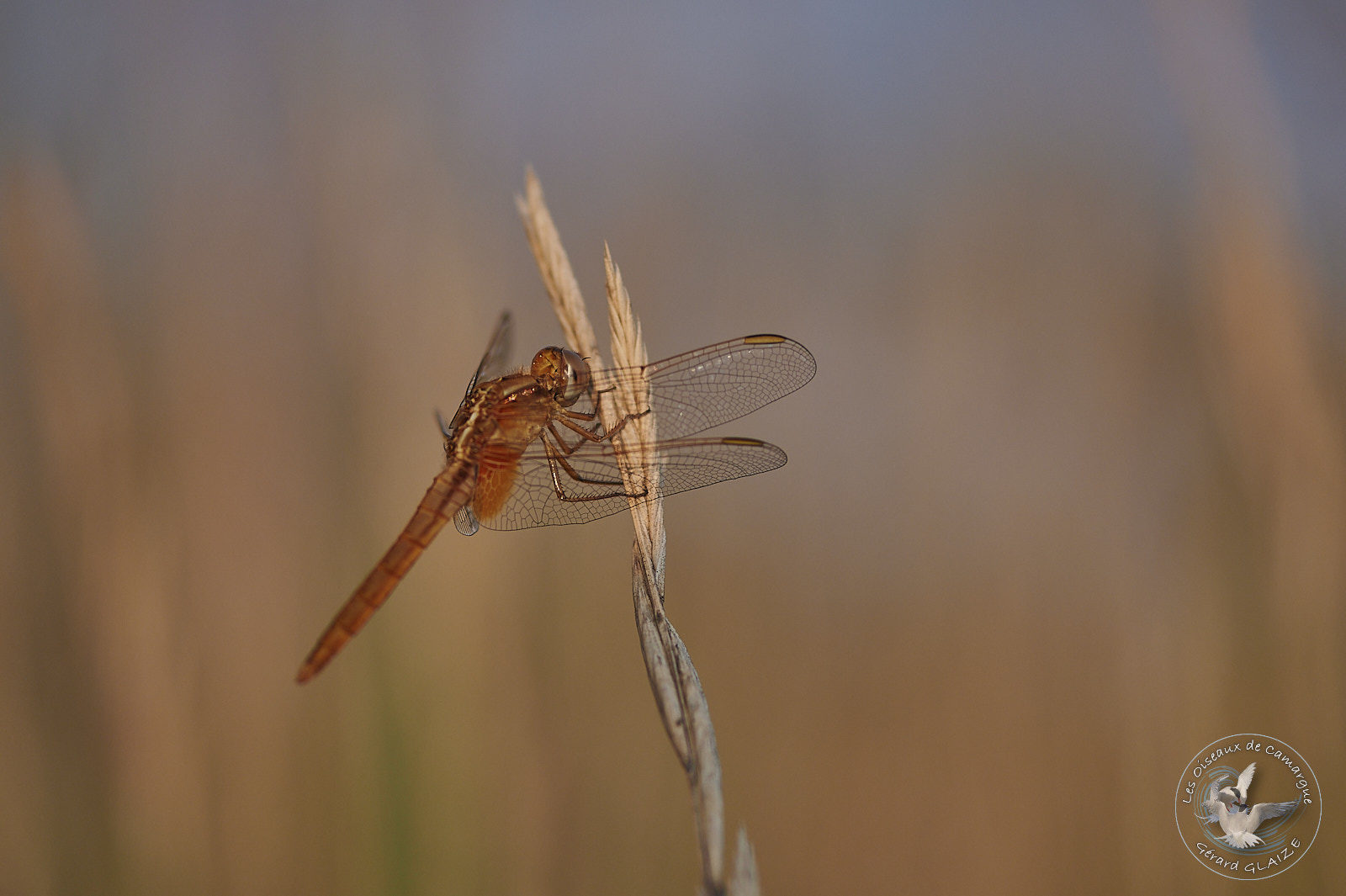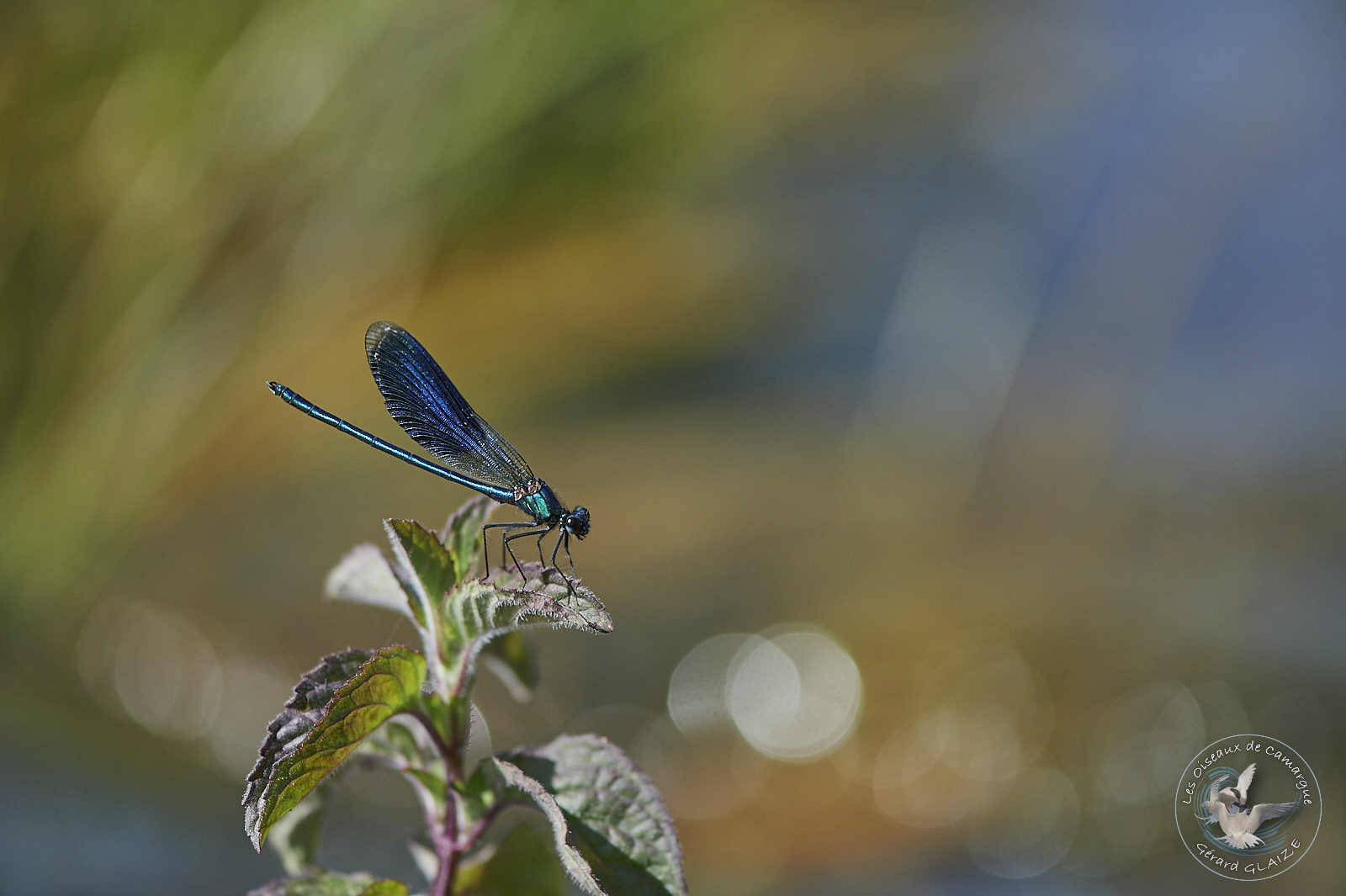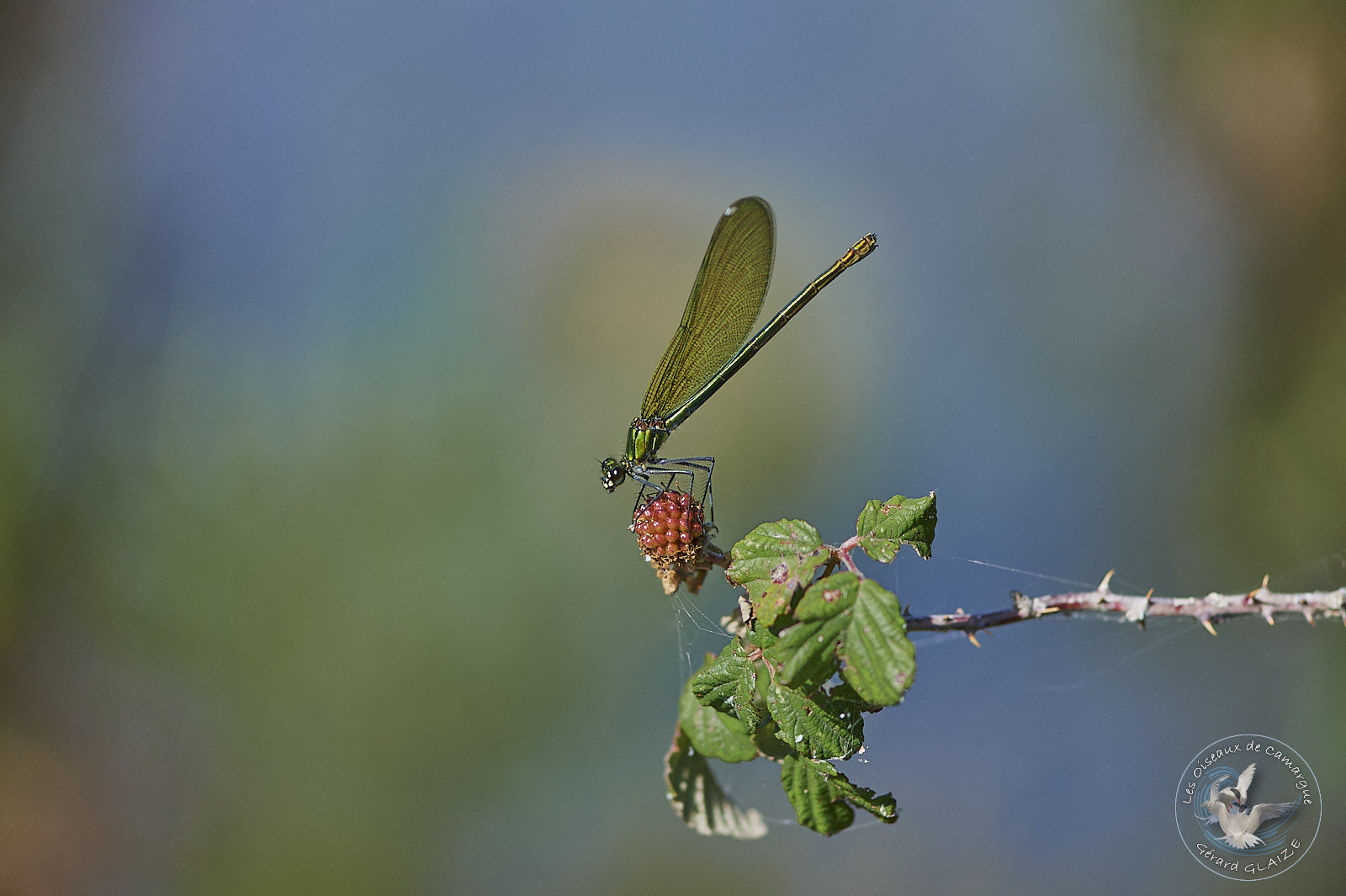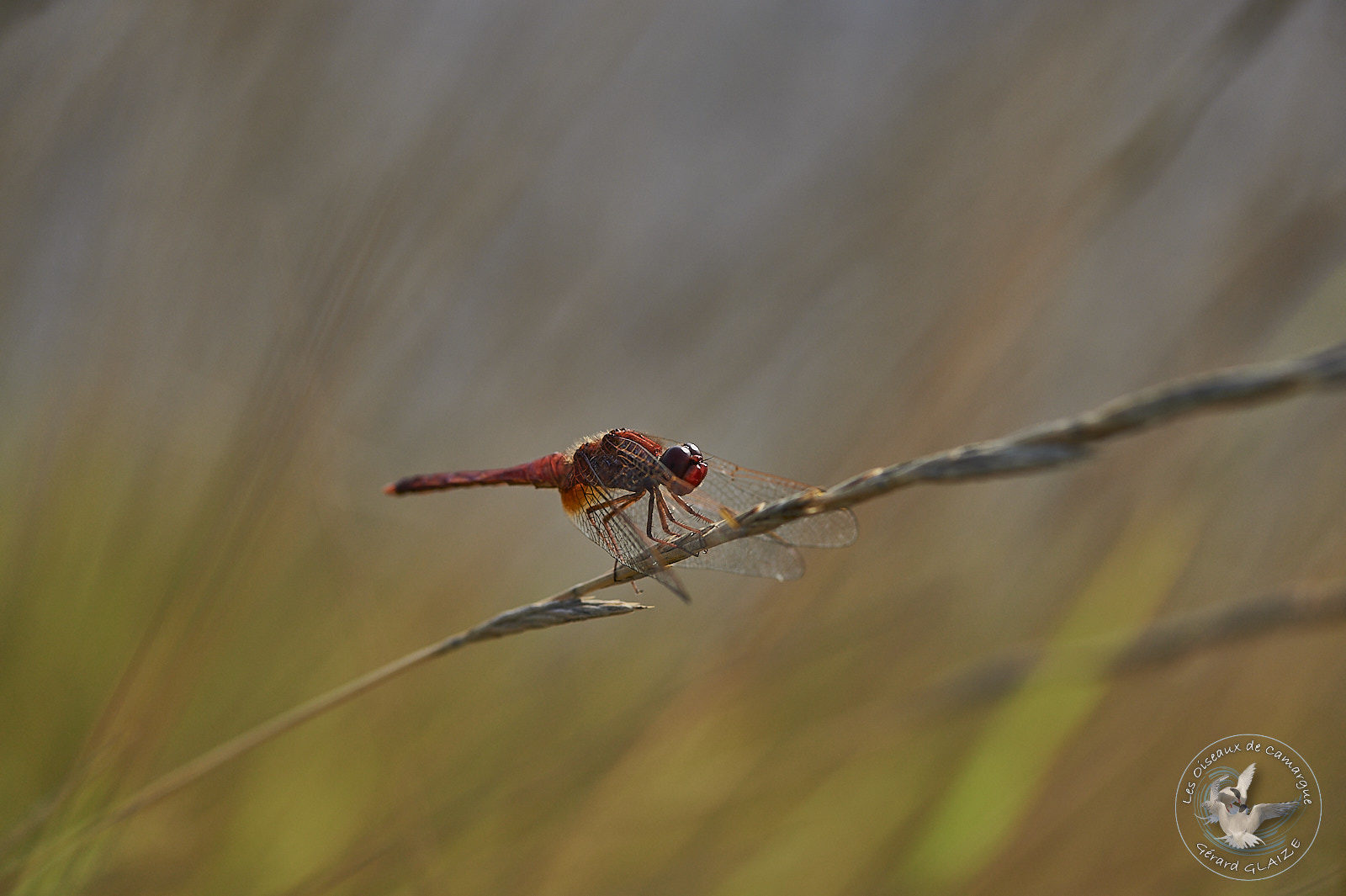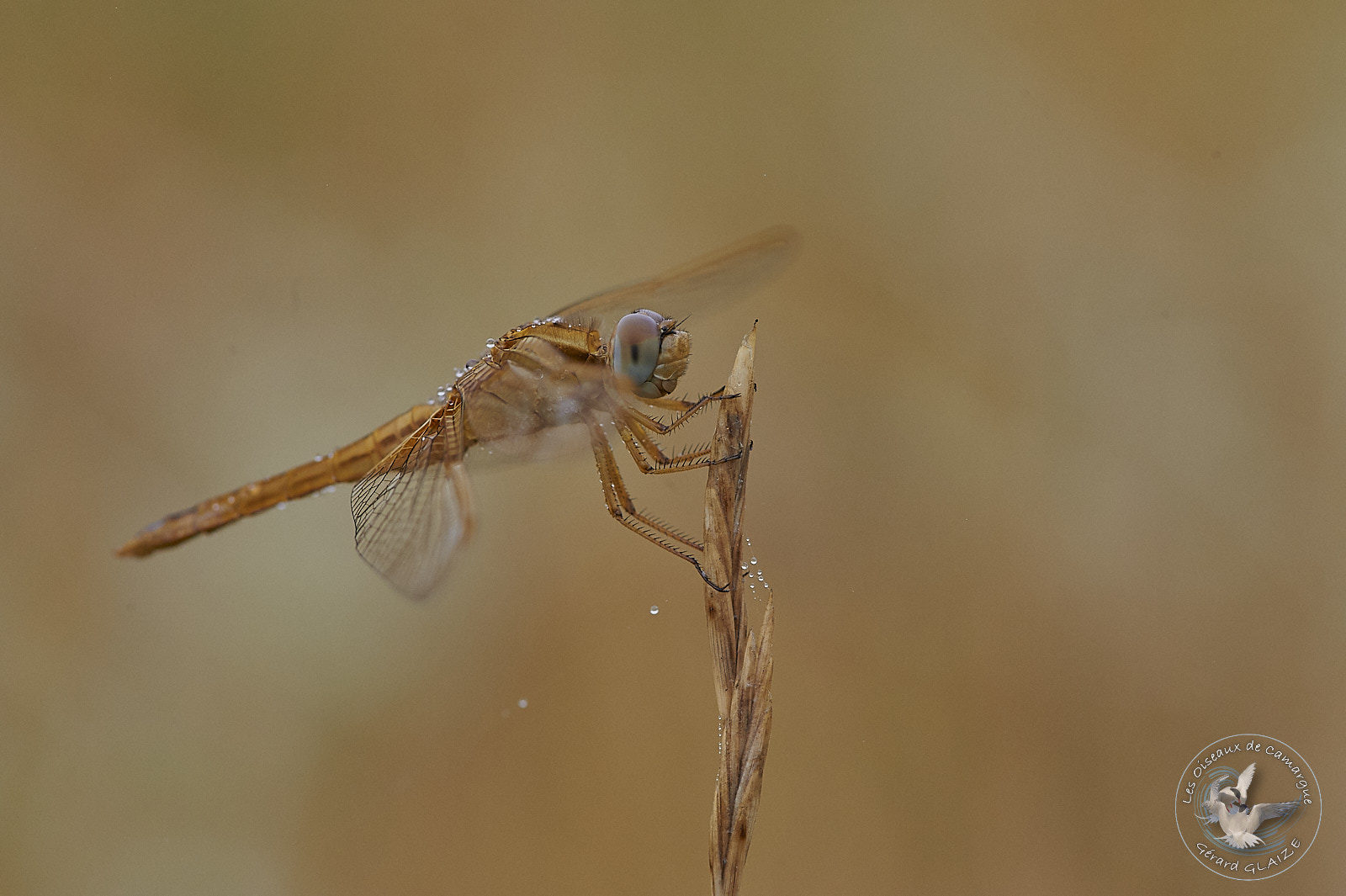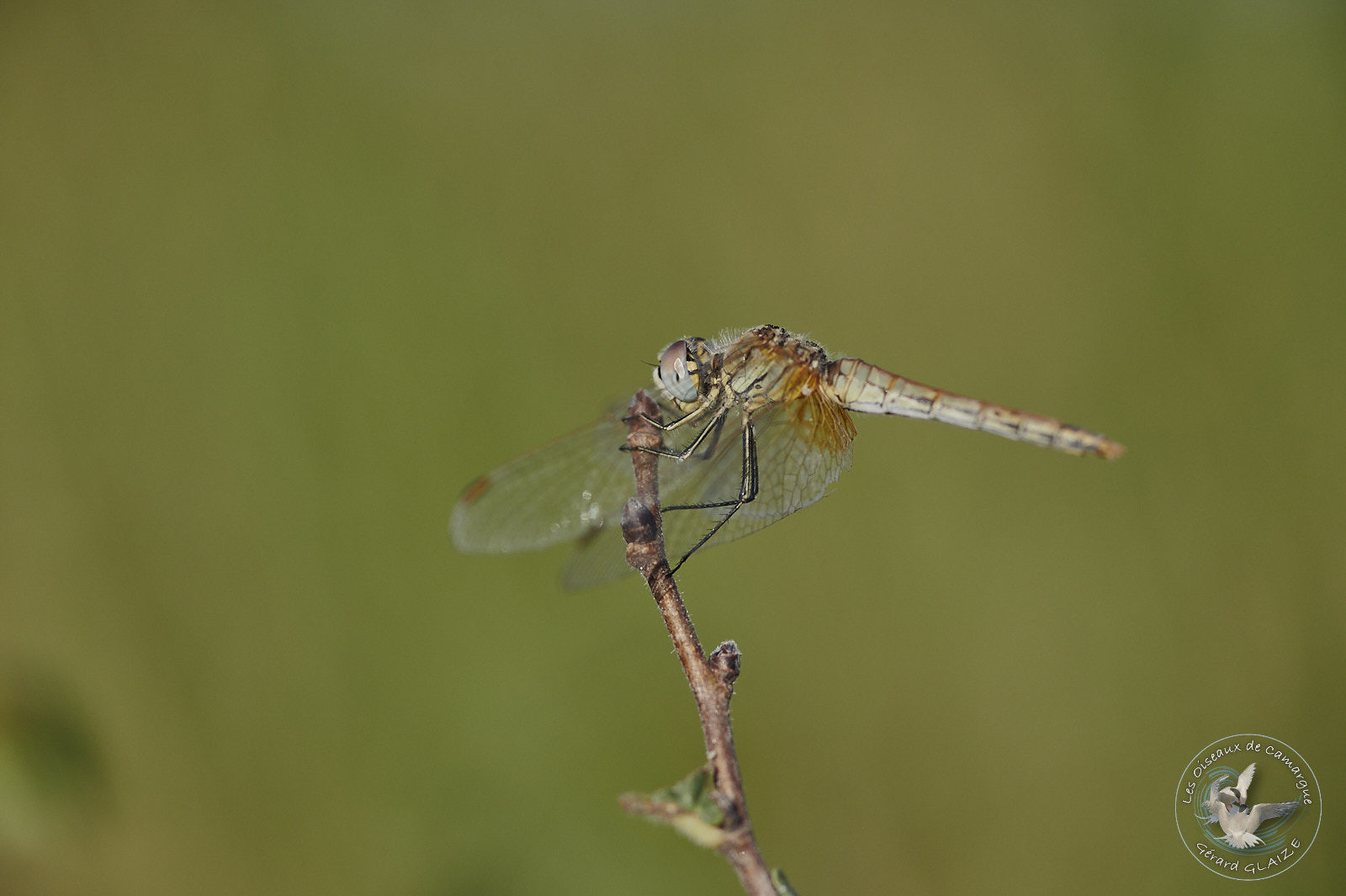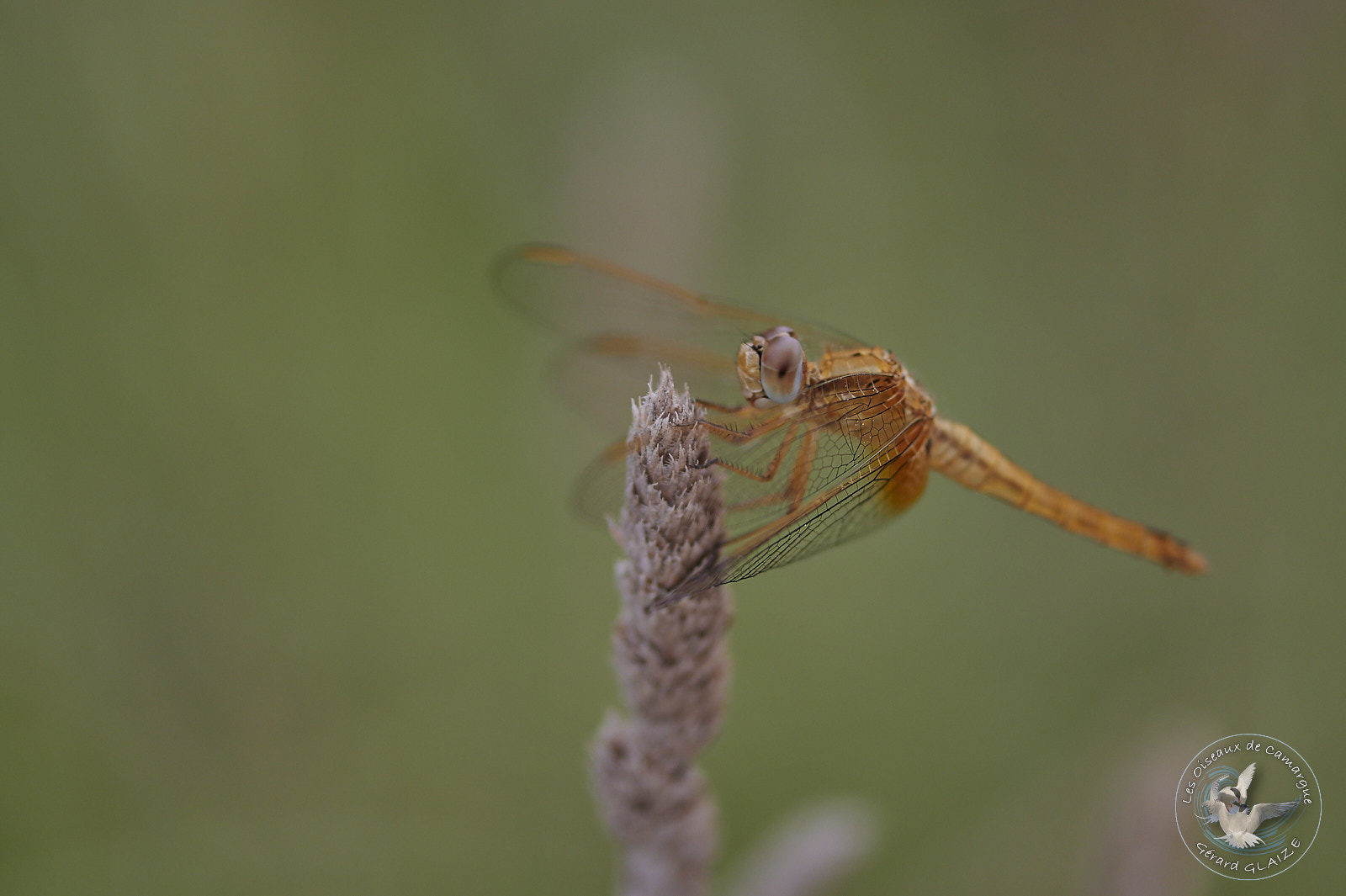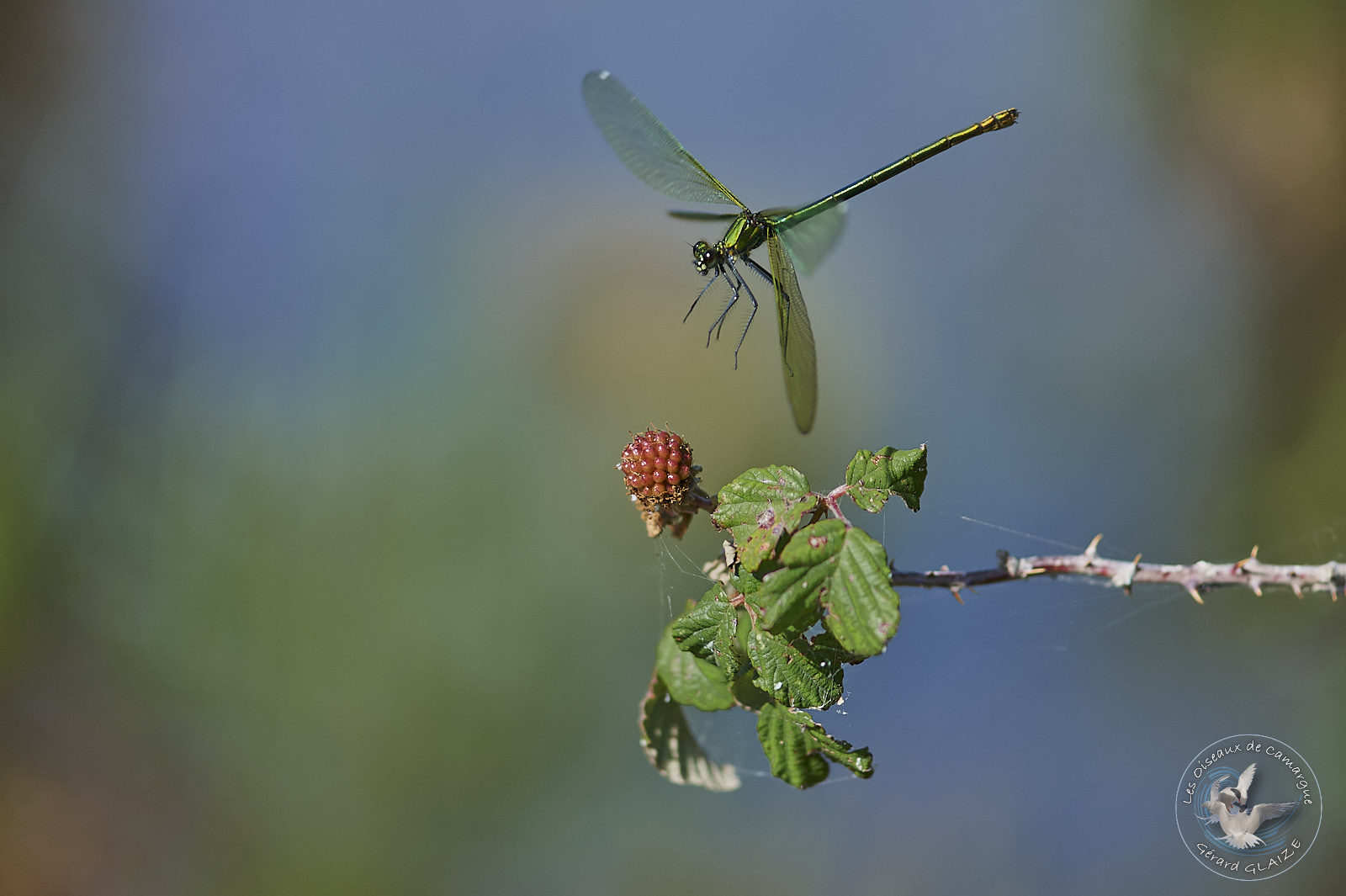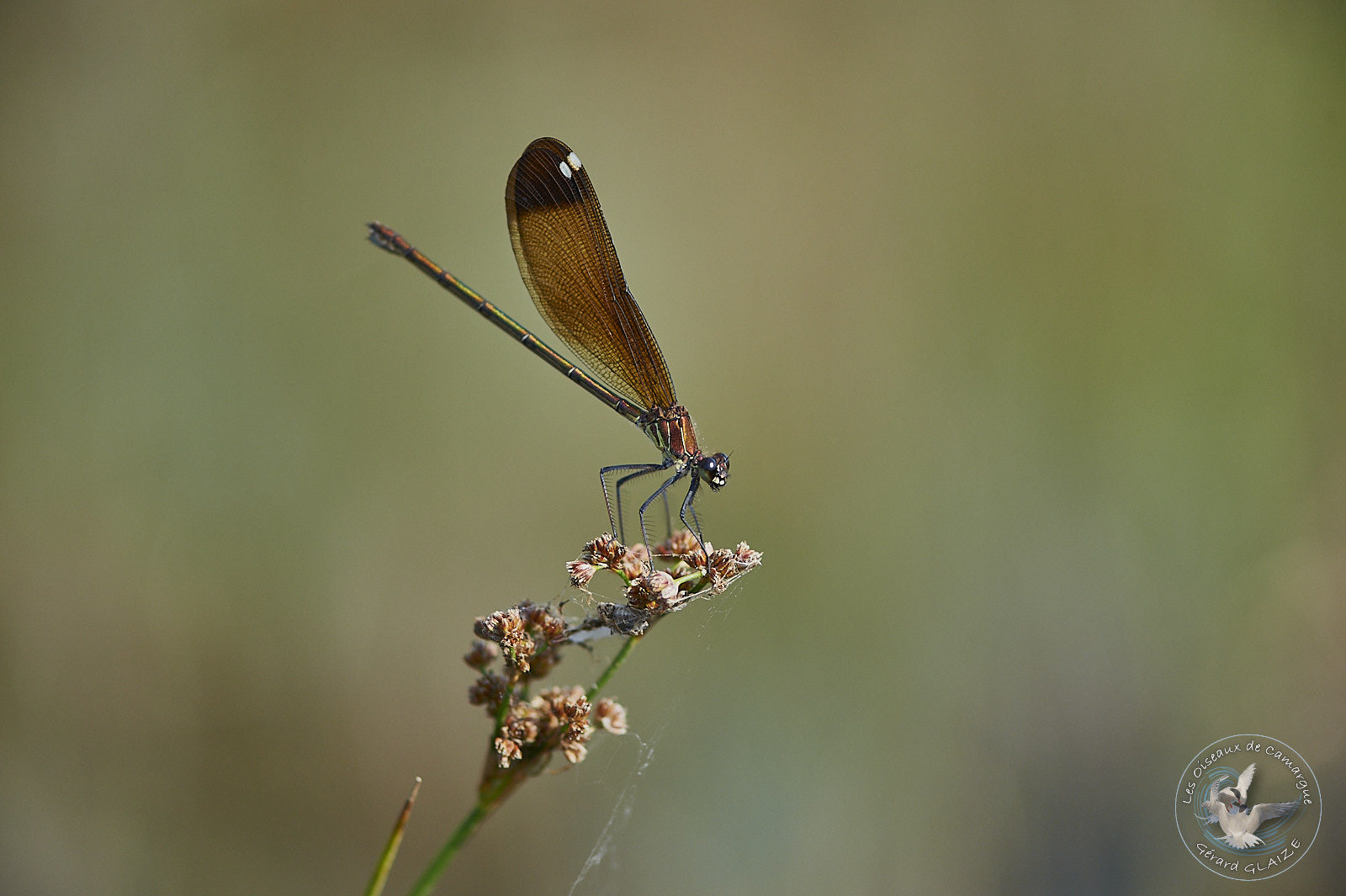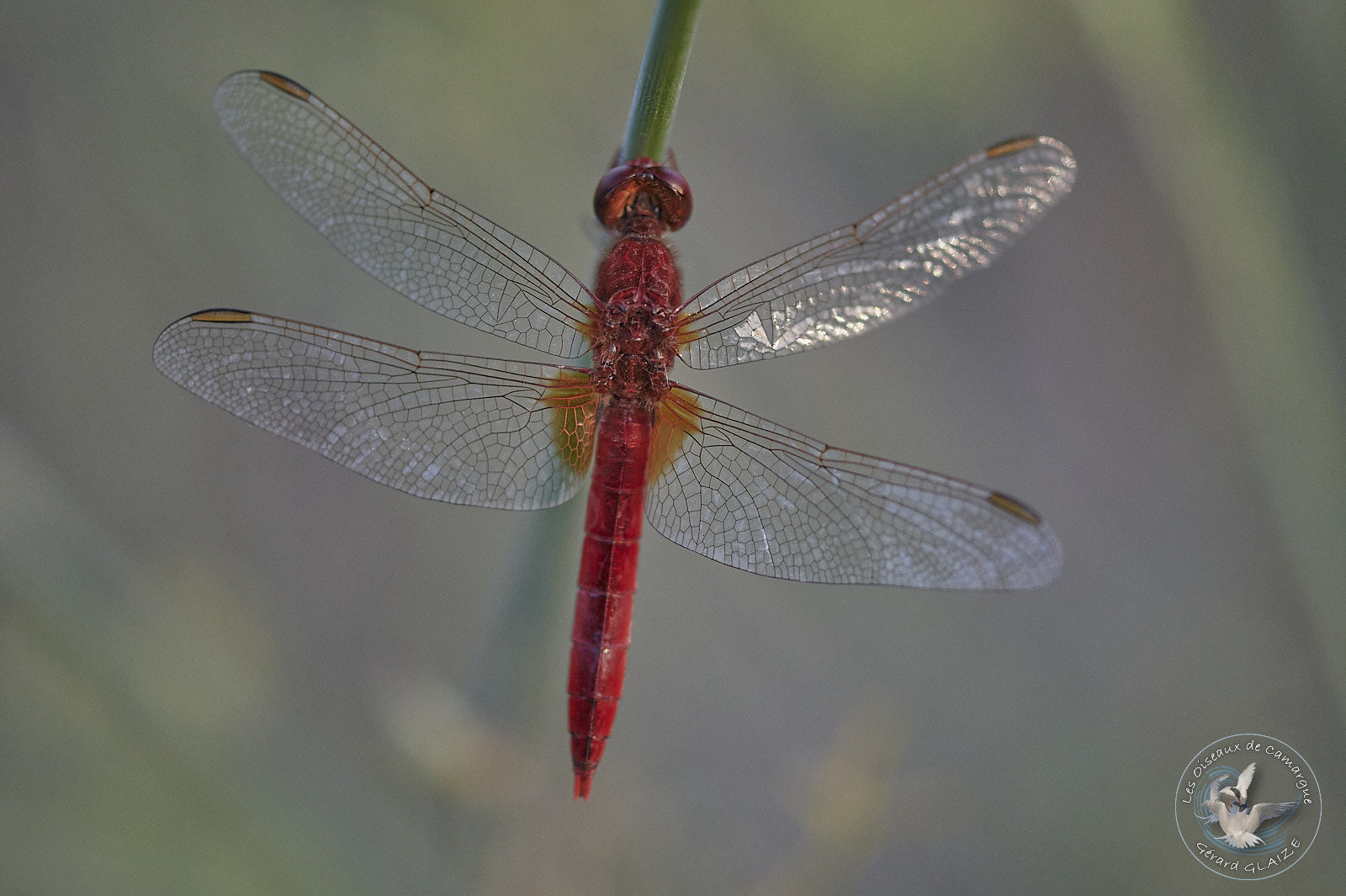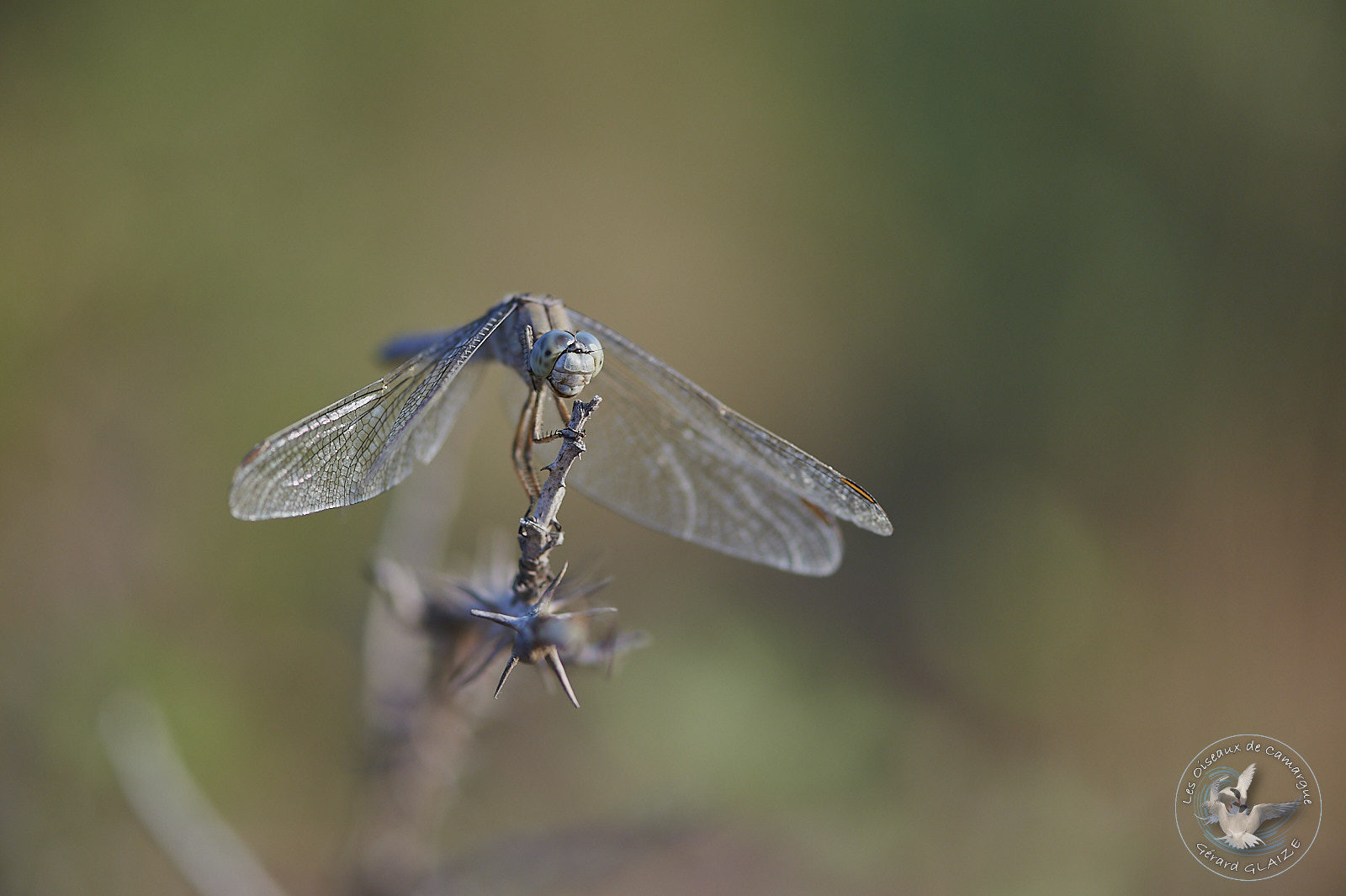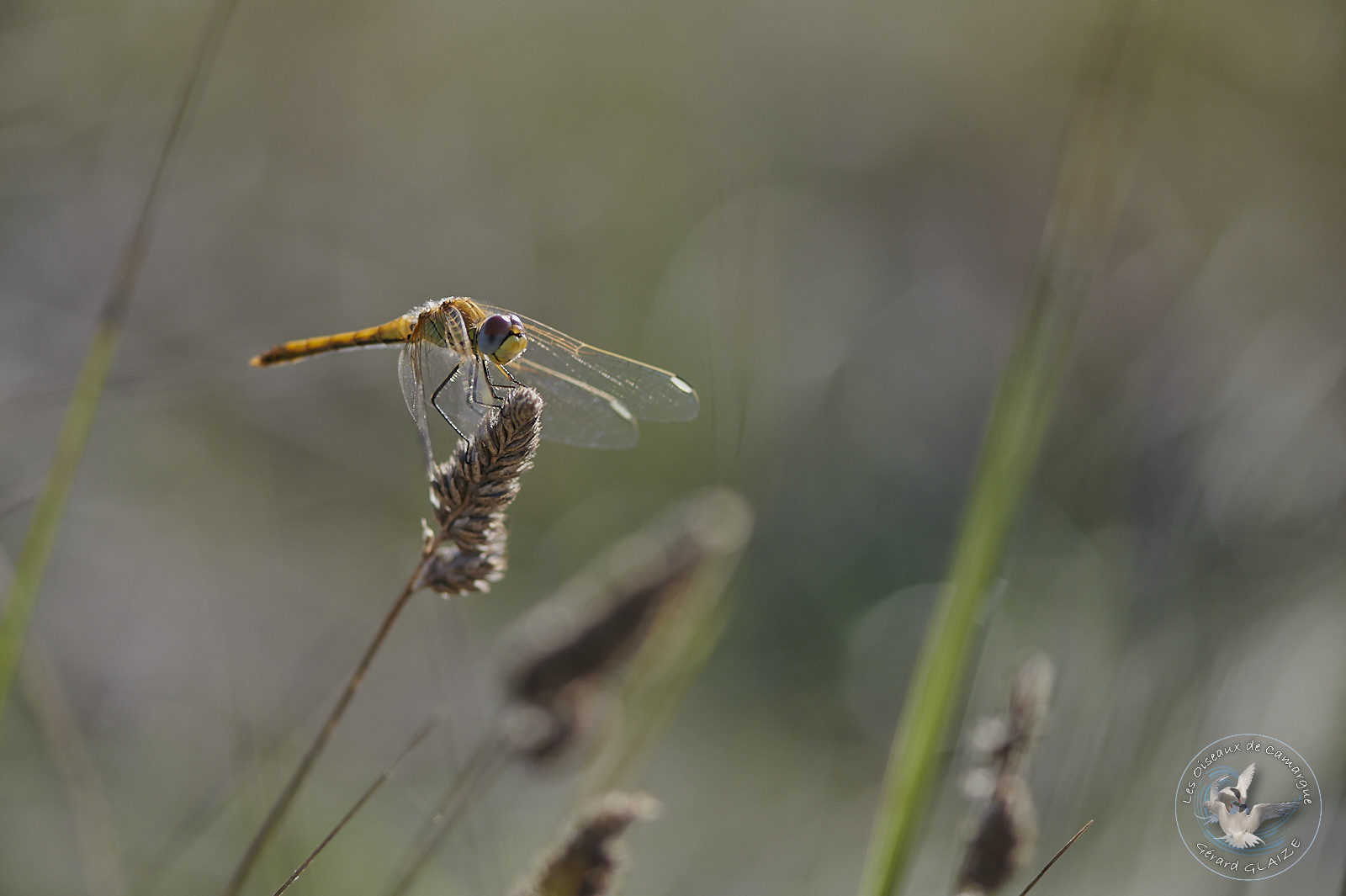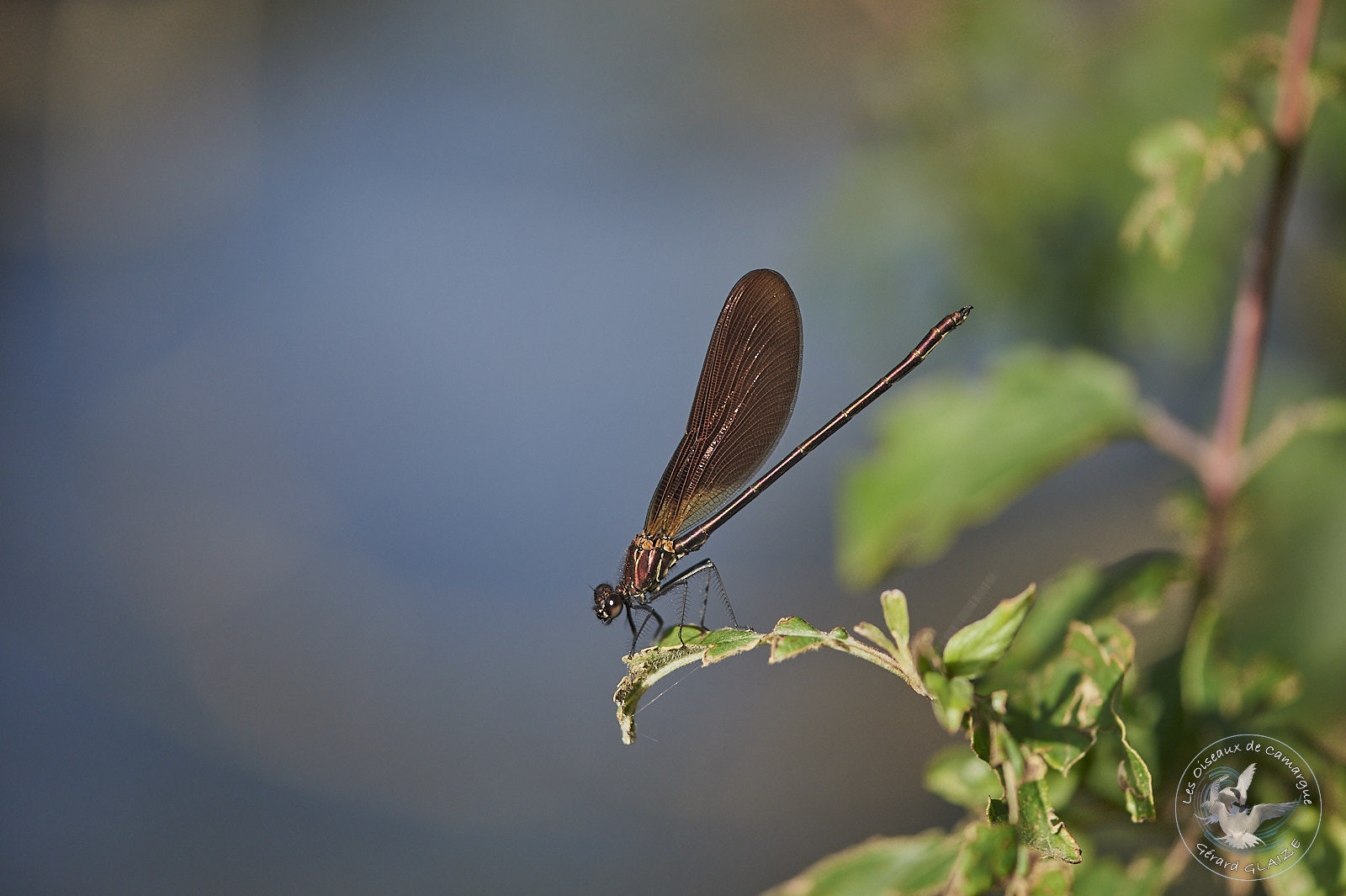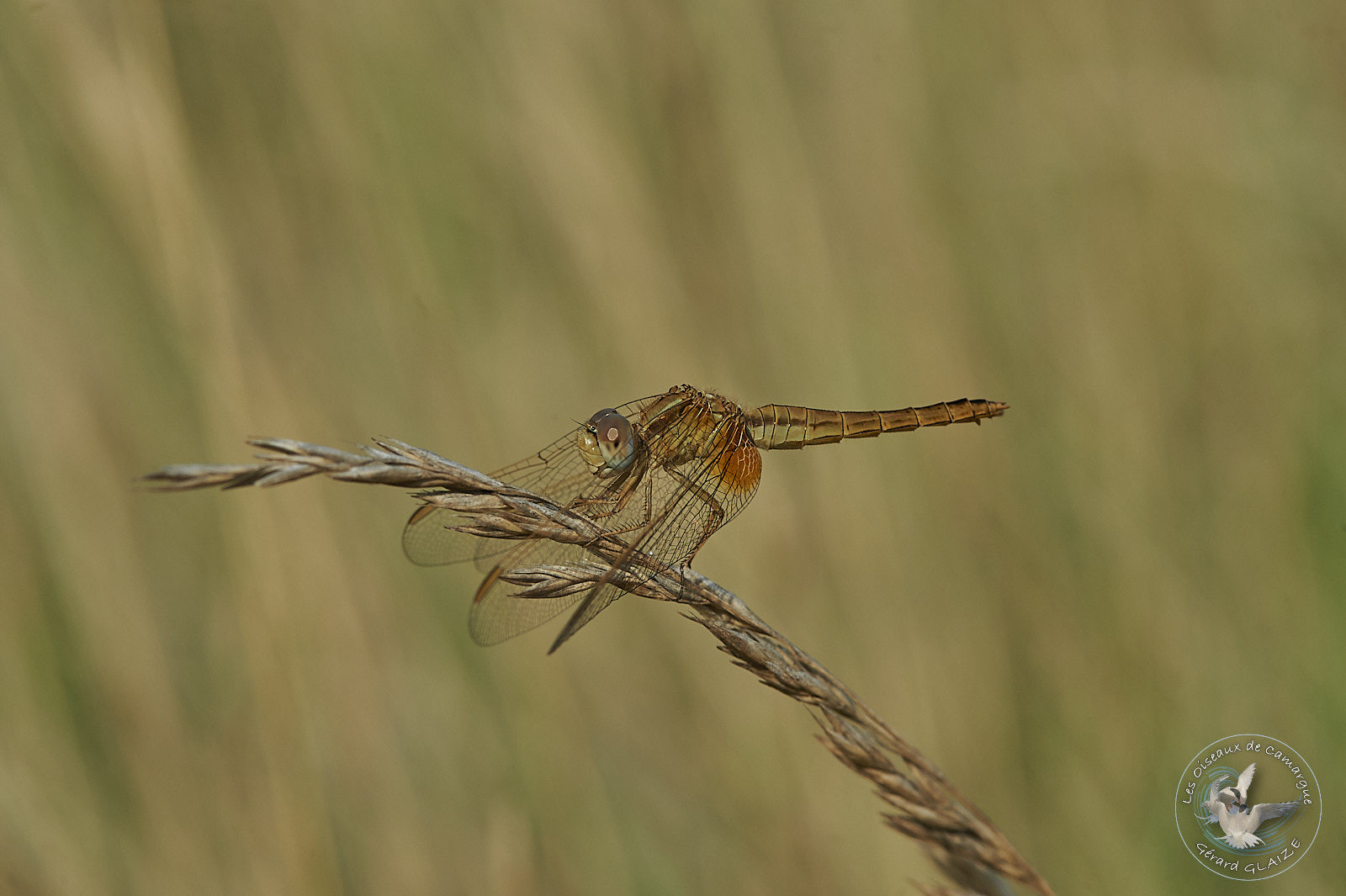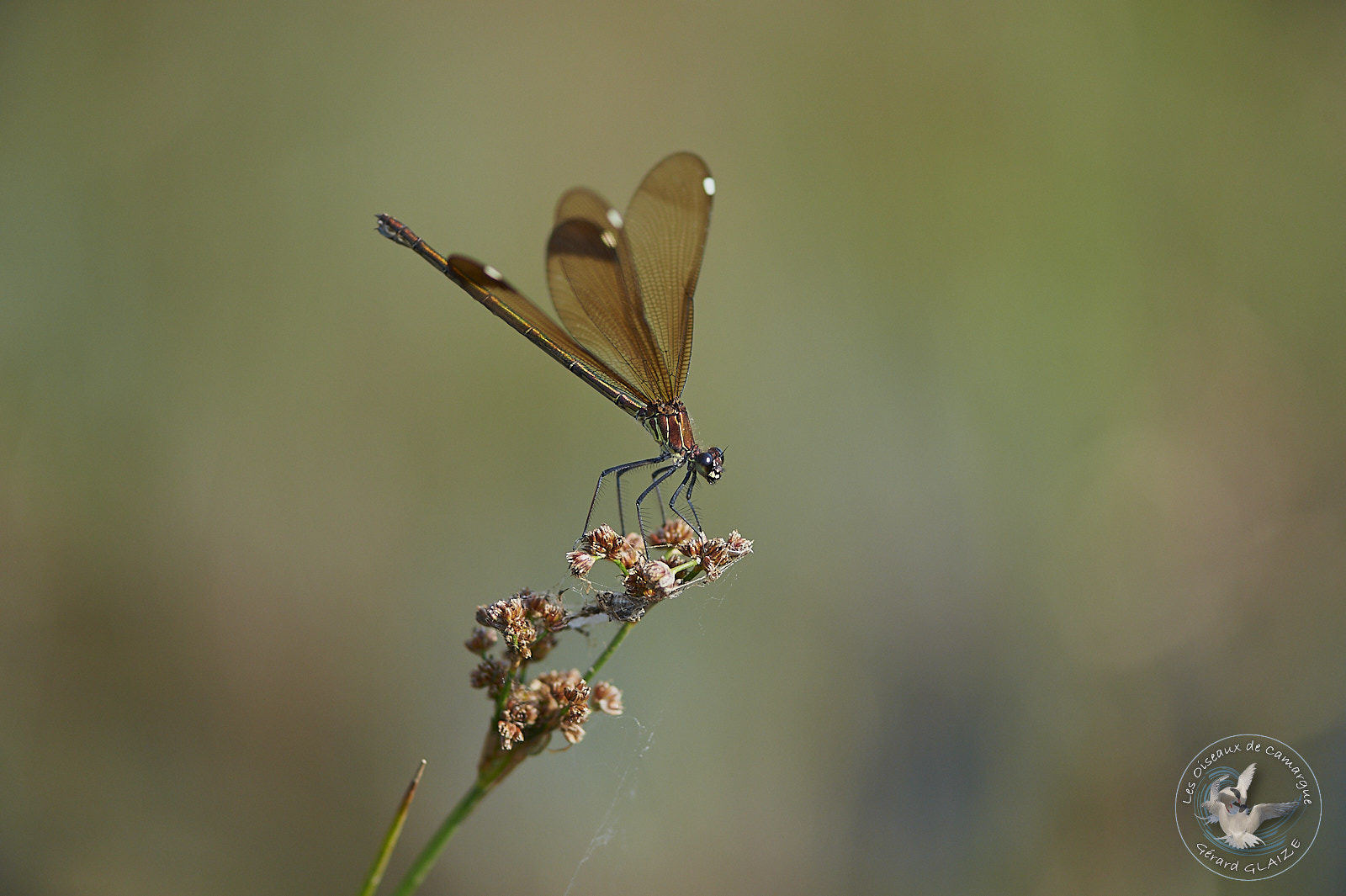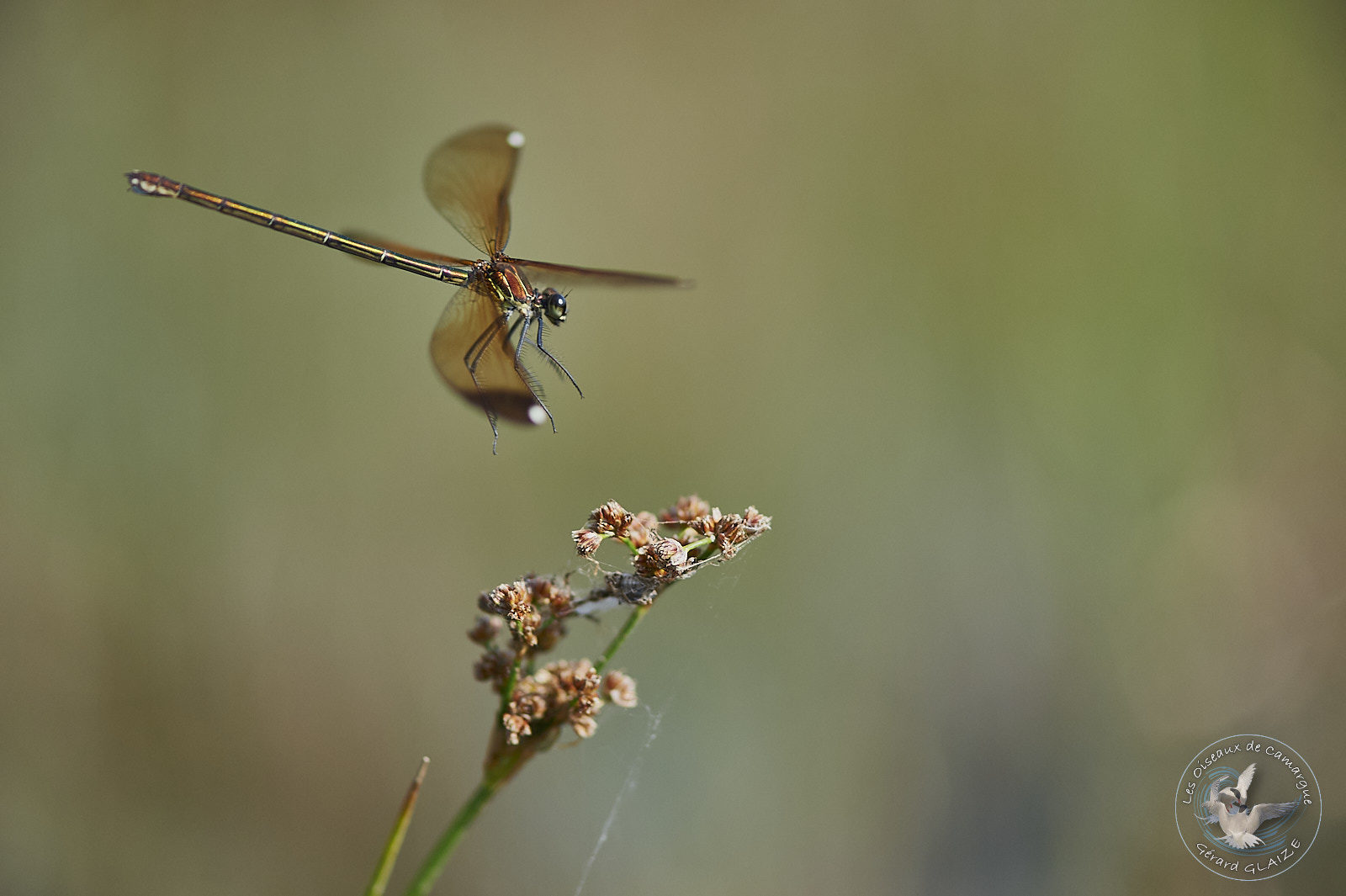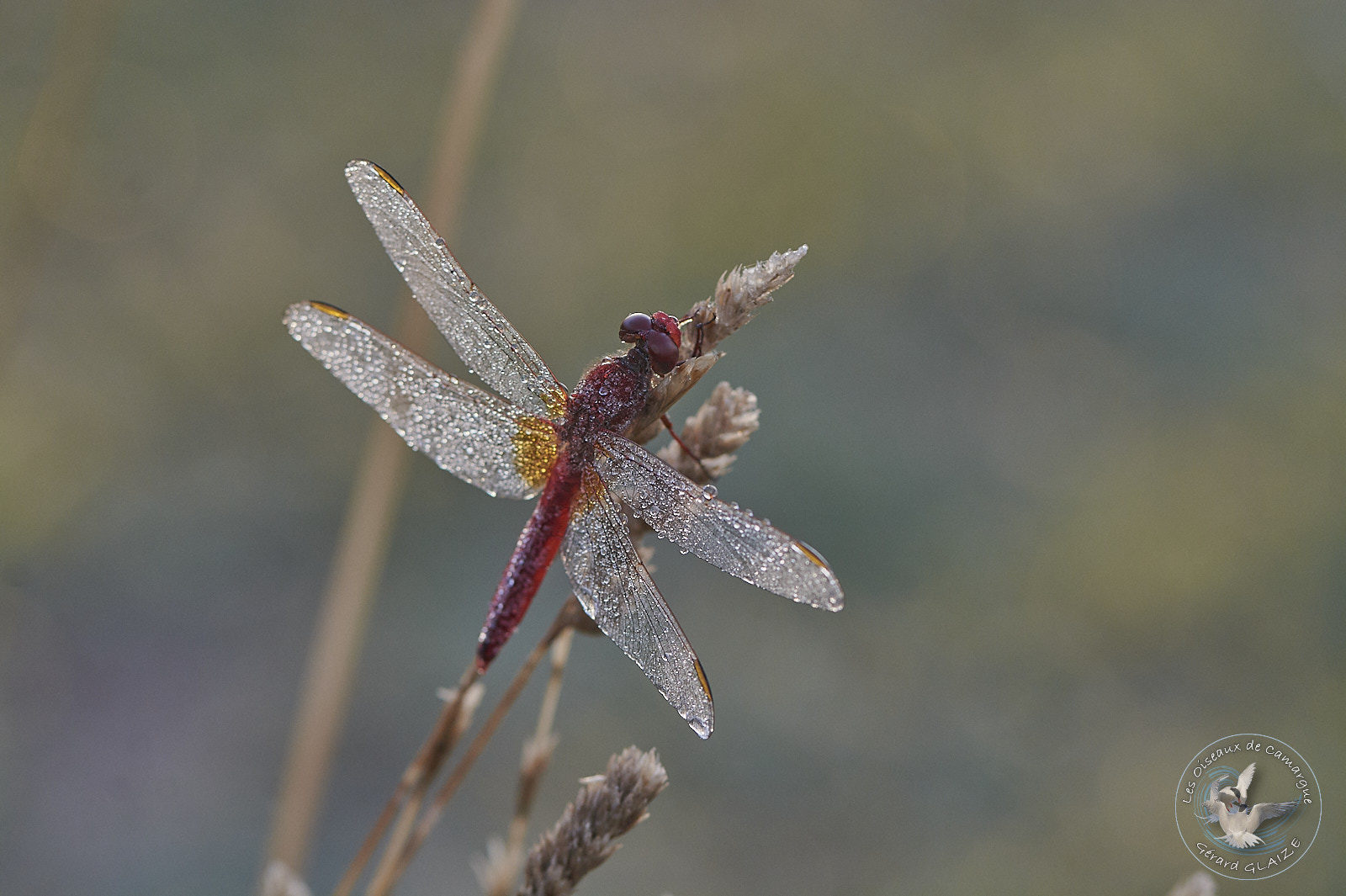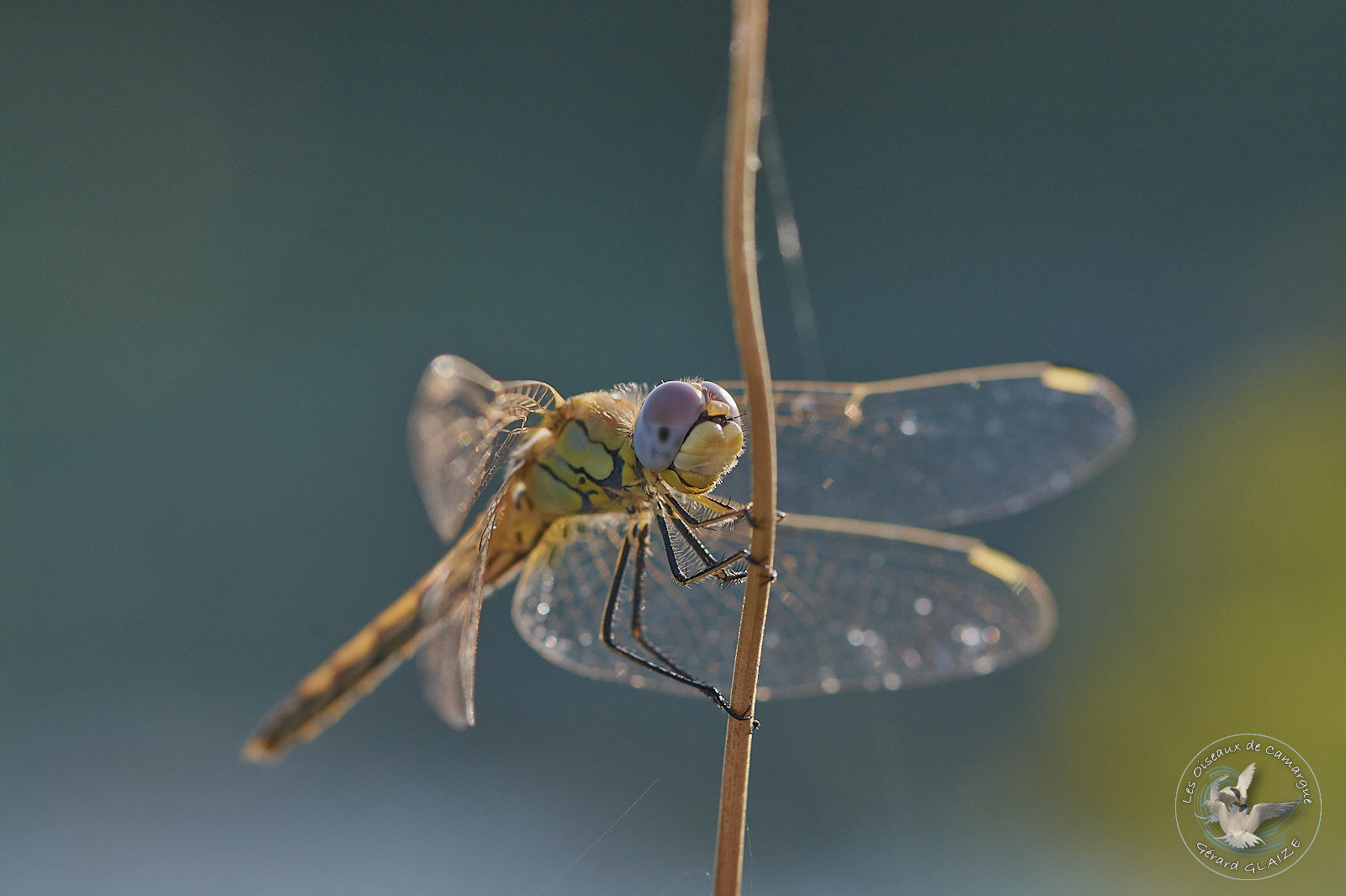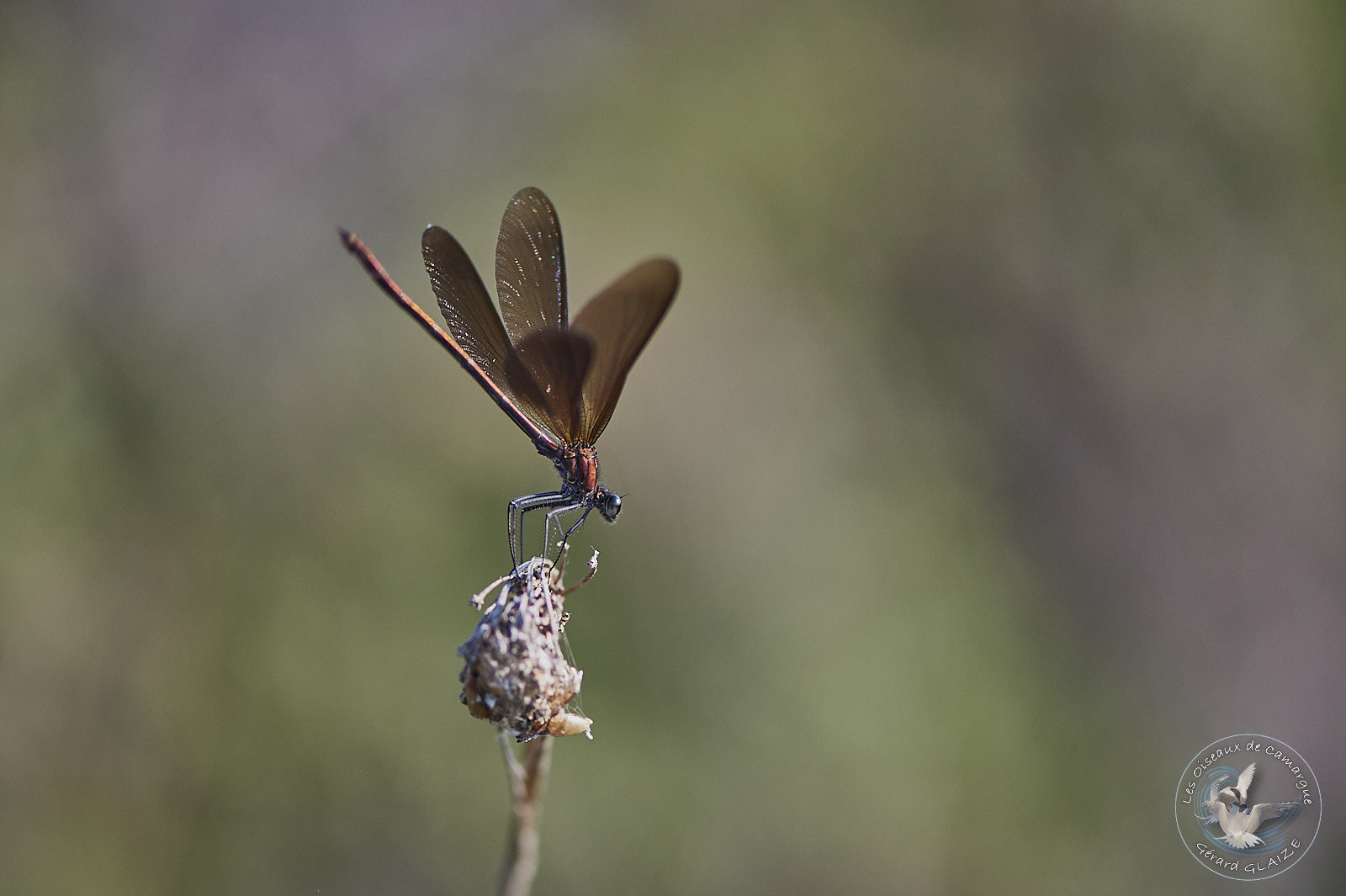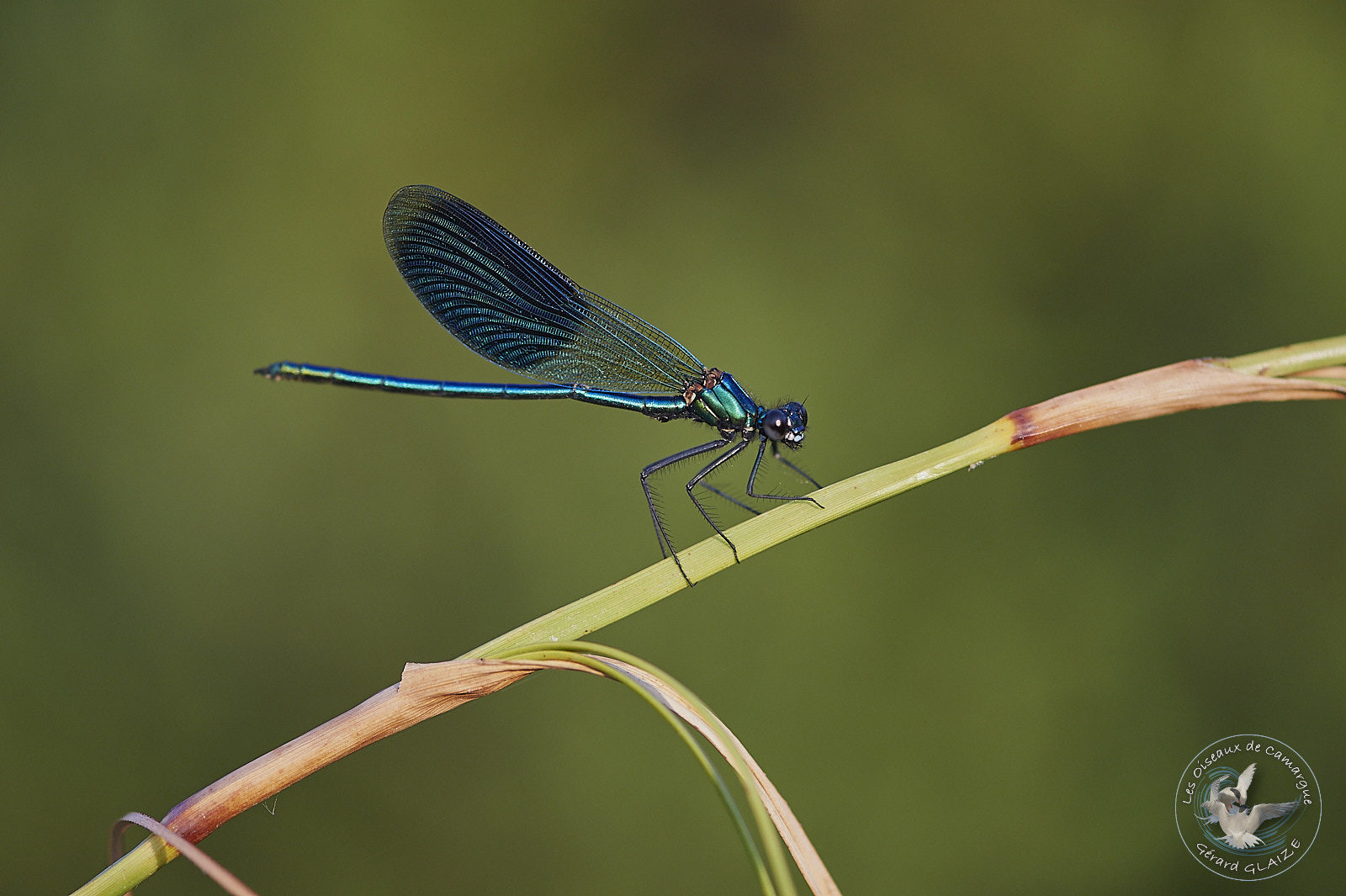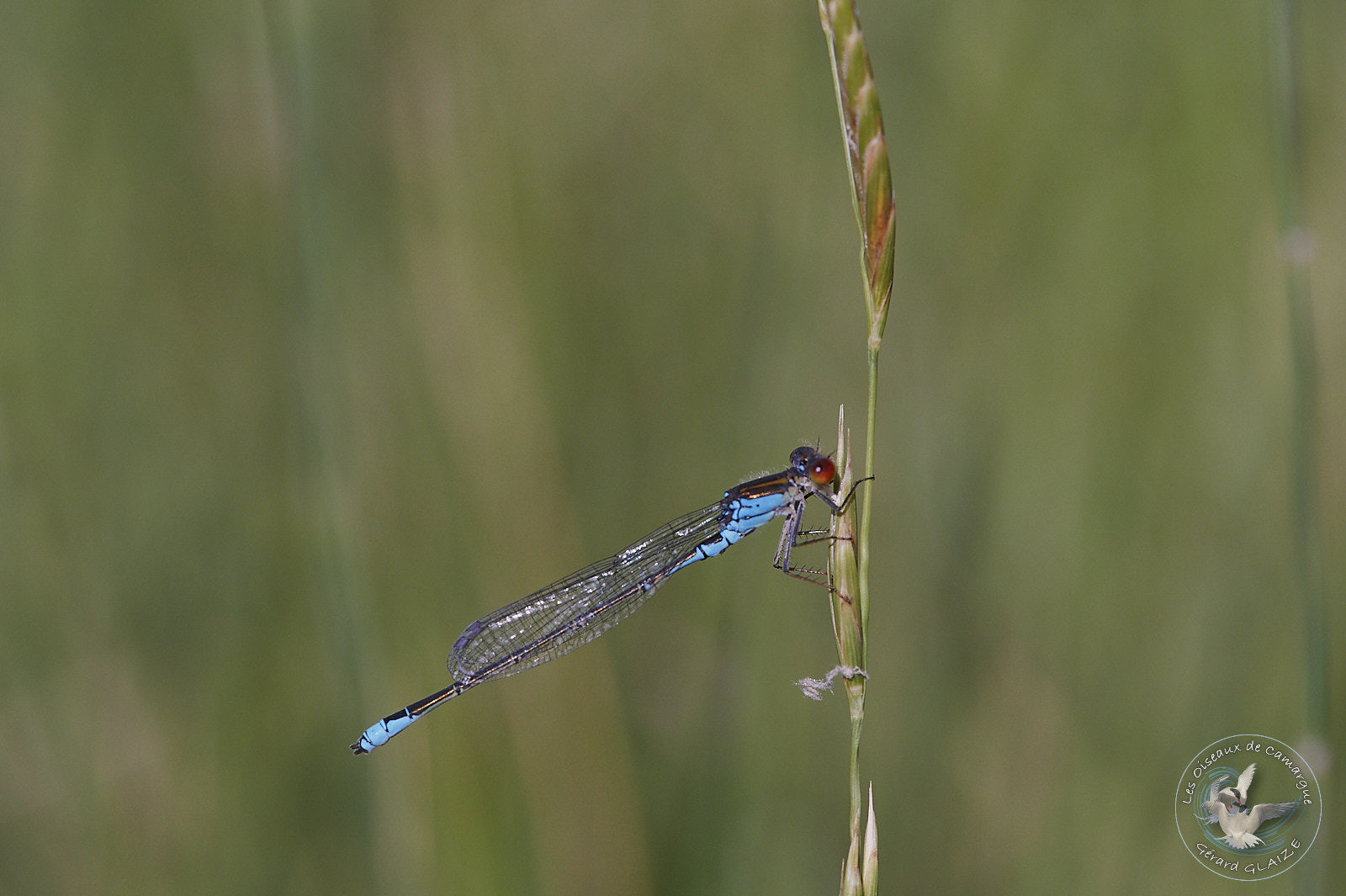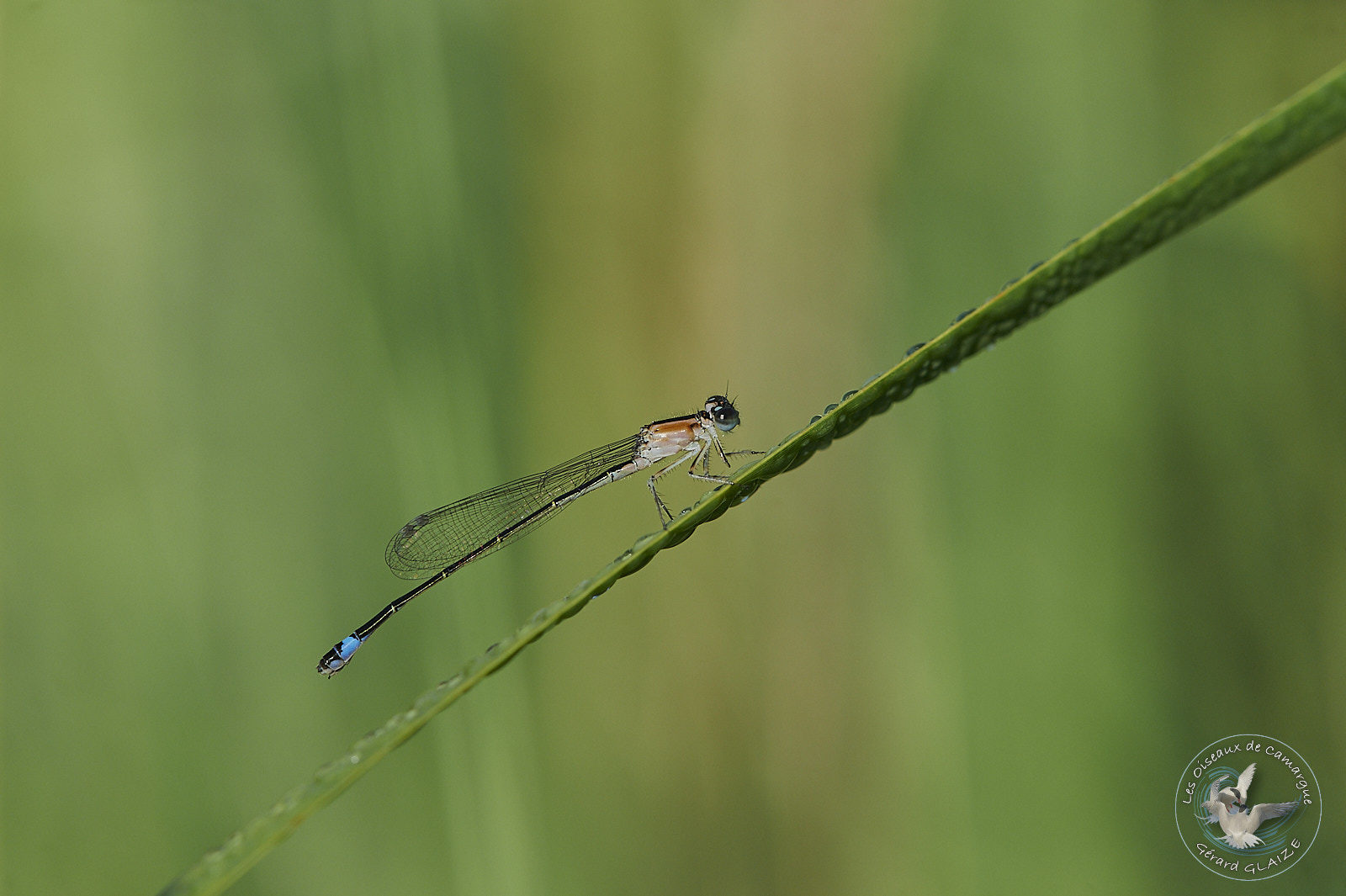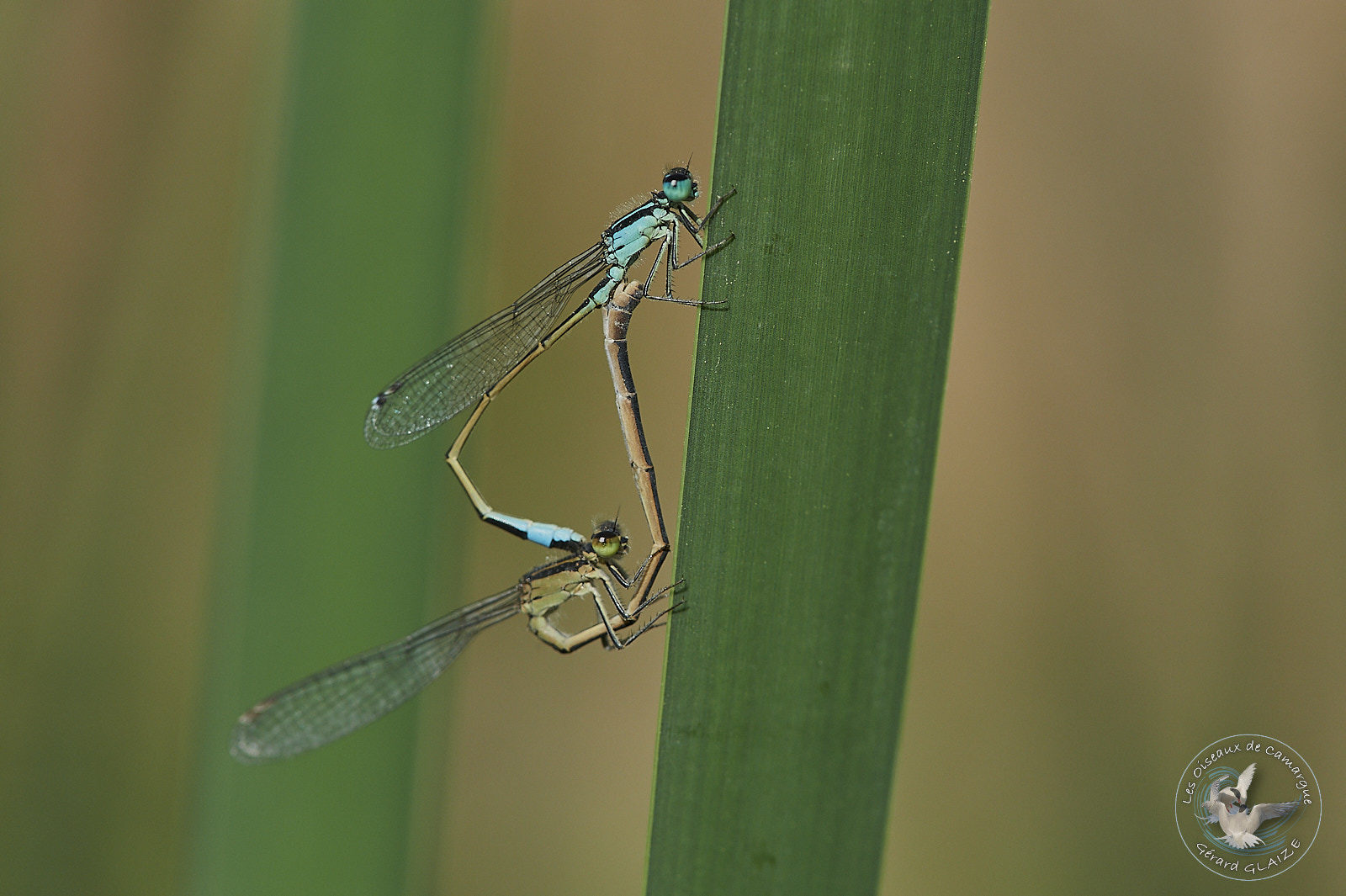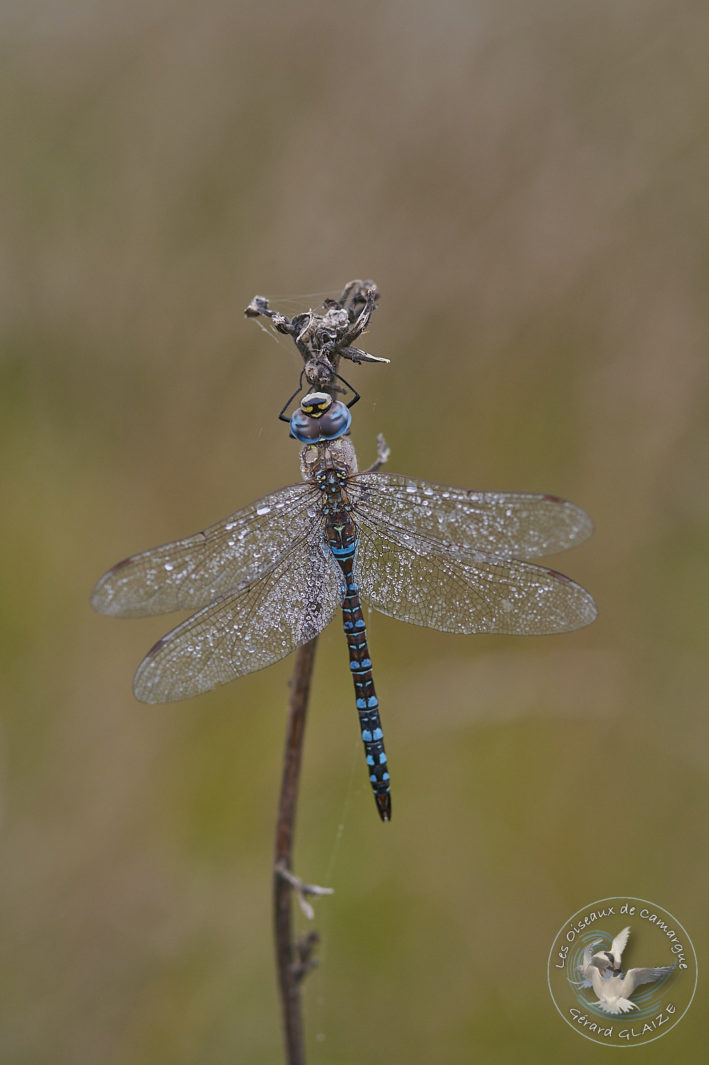The Insects
The Insects are a class of invertebrate animals characterized by a body segmented into three tags:
- the head with external mouthparts, a pair of antennae and at least one pair of compound eyes.
- the thorax provided with three pairs of articulated legs and two pairs of wings.
- an abdomen containing a maximum of 11 segments protected by a cuticle forming an exoskeleton.
The life cycle of insects goes through several stages of physical transformations called “moults” and generally involves several metamorphoses. Spiders, scorpions and mites are not insects, but arachnids; among other differences, they have eight legs.
Entomology is the branch of zoology concerned with the study of insects.
Among the insects that I have encountered in the Camargue, the most frequent are the odonates (dragonflies, agrions, calopteryx).
The butterflies
Lepidoptera (Lepidoptera) are an order of insects, in the adult form they are commonly called butterflies. They are characterized in the adult state by three pairs of legs (like all insects) and by two pairs of wings covered with scales of very varied color depending on the species. Lepidoptera lay eggs which give rise to caterpillars. The latter make silk, and then often form a cocoon.
Butterflies are pollinators, and therefore have a useful role in nature, although some species are presented as pests for agriculture in the caterpillar state. They are also prey for birds and other animals.
The 5,200 species of butterflies listed in France therefore play an important role in the proper functioning of the balance of the ecosystem. By their natural beauty, butterflies are apt to arouse popular enthusiasm for the protection of natural sites.
Butterflies and other Insects
The Odonata
Odonata are an elongated-bodied order of insects, often called dragonflies, with two pairs of usually transparent membranous wings. Compound and usually large eyes allow them to effectively hunt prey. Their larvae develop in the water, during the summer it metamorphoses into a flying insect called “imago”.
The odonates include two suborders: the zygoptera and the anisoptera:
- The Anisoptera or dragonflies in the strict sense have the wings extended flat at rest, not petiolate and unequal, the anterior ones are narrower than the posterior ones, eyes often contiguous, rapid flight.
- Zygoptera or slender-bodied damselfish have identical fore and hind wings, held along the body when at rest, a head wider than long, eyes widely separated. The flight is slow and at rest, the wings are joined and erect above the body.
In damselflies or zygoptera, we distinguish:
- the calopteryx, with metallic colors and colored wings.
- agrions, small often with blue or red.
- the lighter ones, often metallic green or brown.
There are 43 species of dragonflies in the Camargue out of 83 listed in France. (source PNRC of Camargue 2005).
To learn more about the Odonata : Atlas dynamique des Odonates de France
